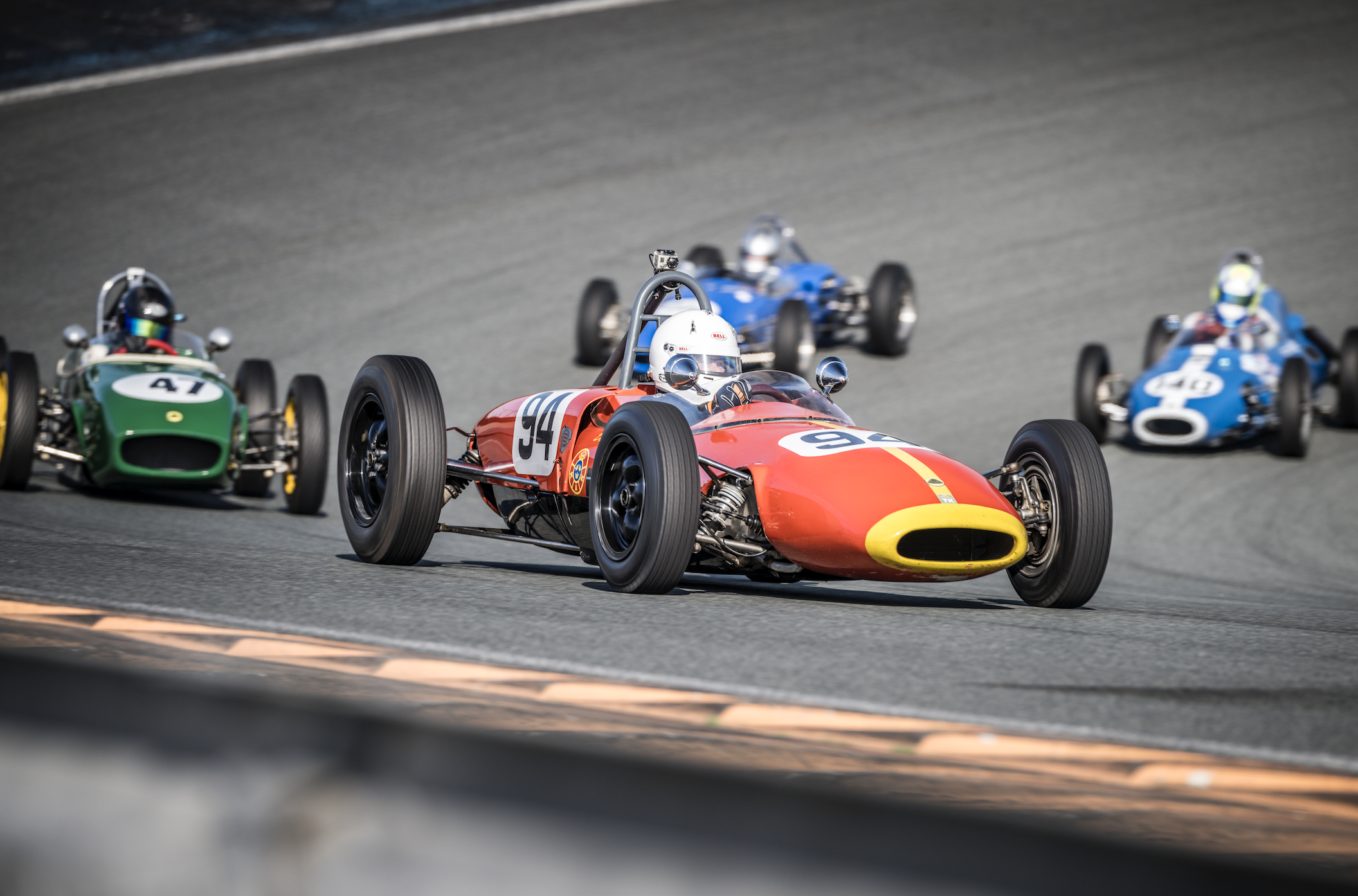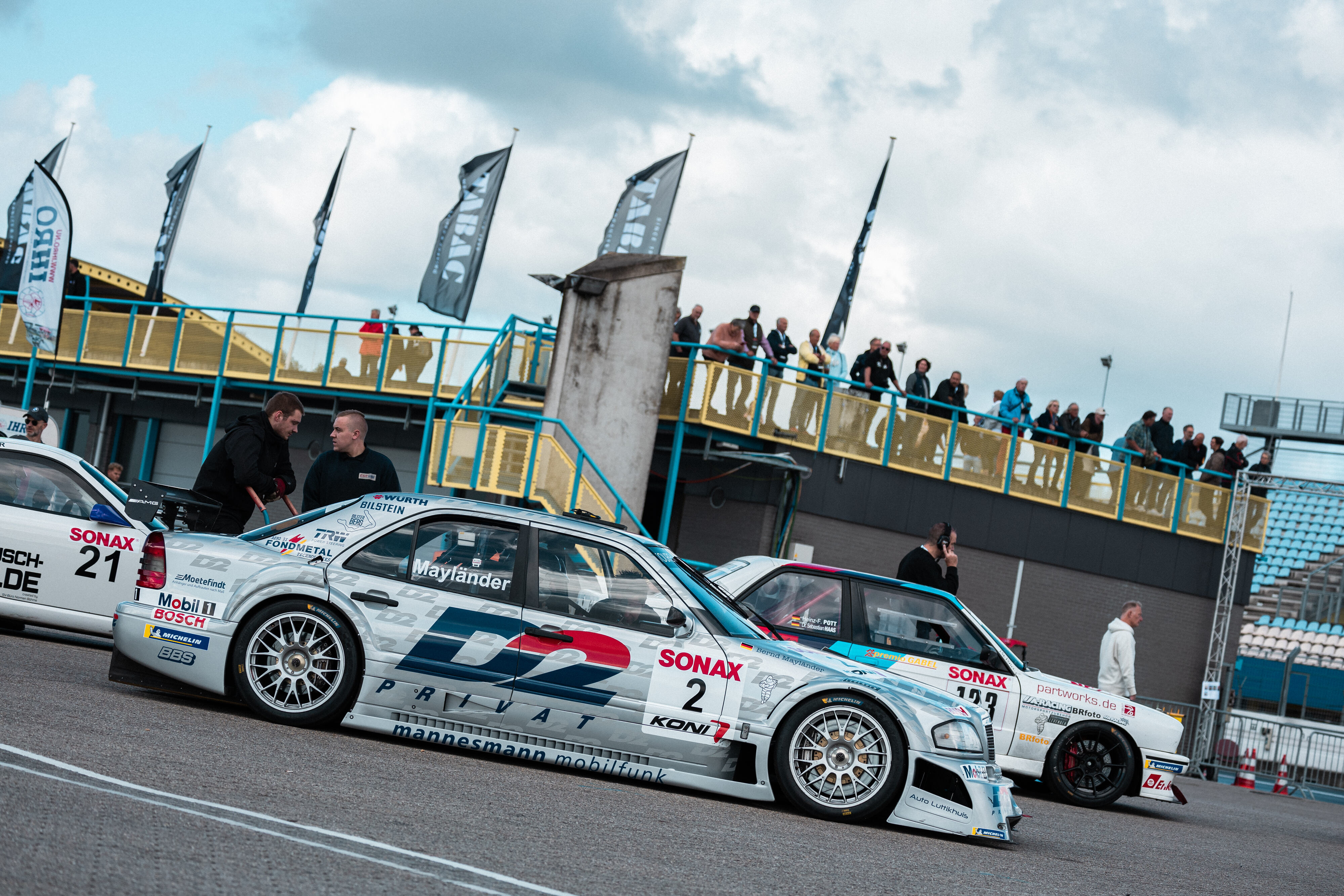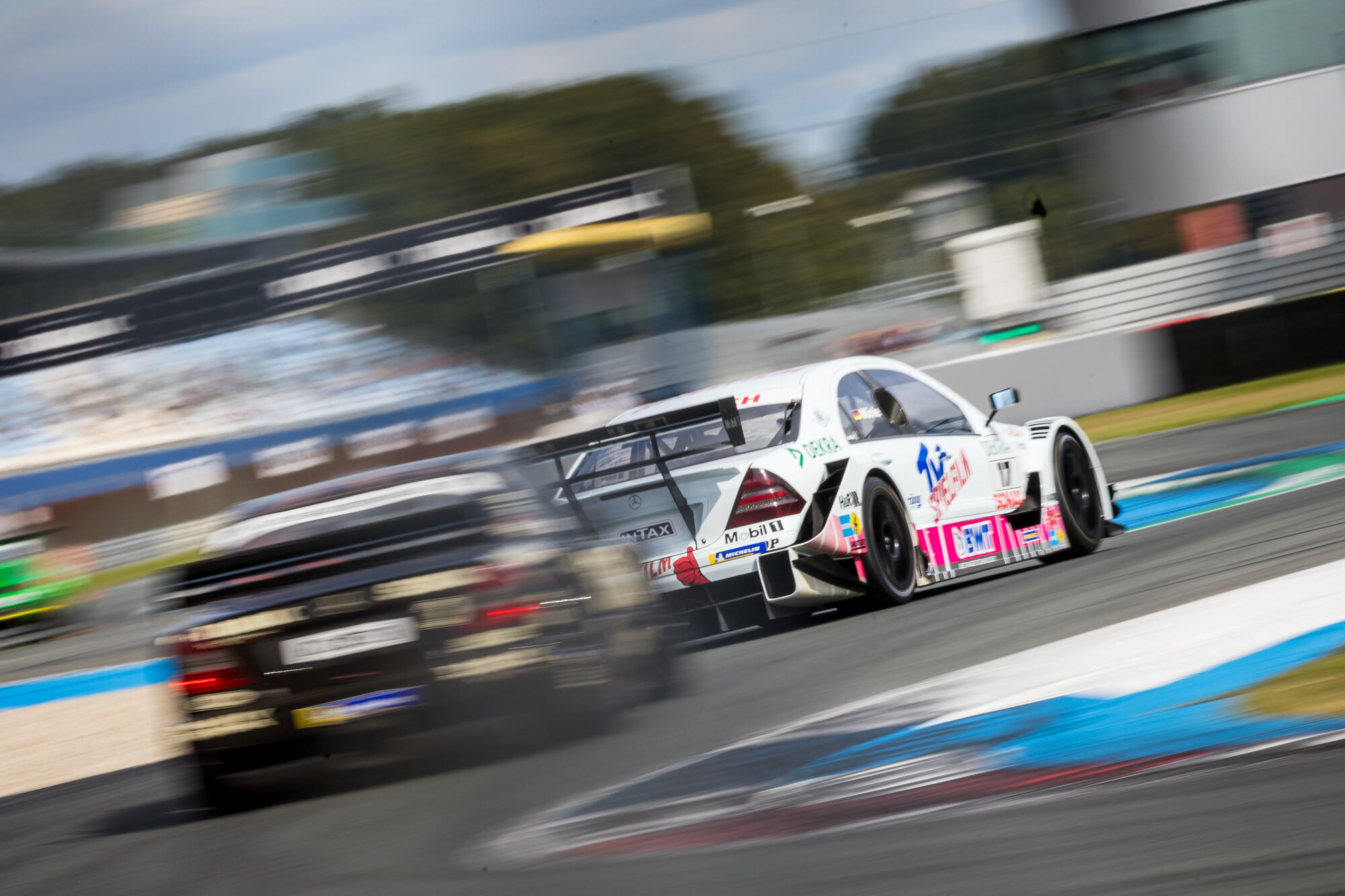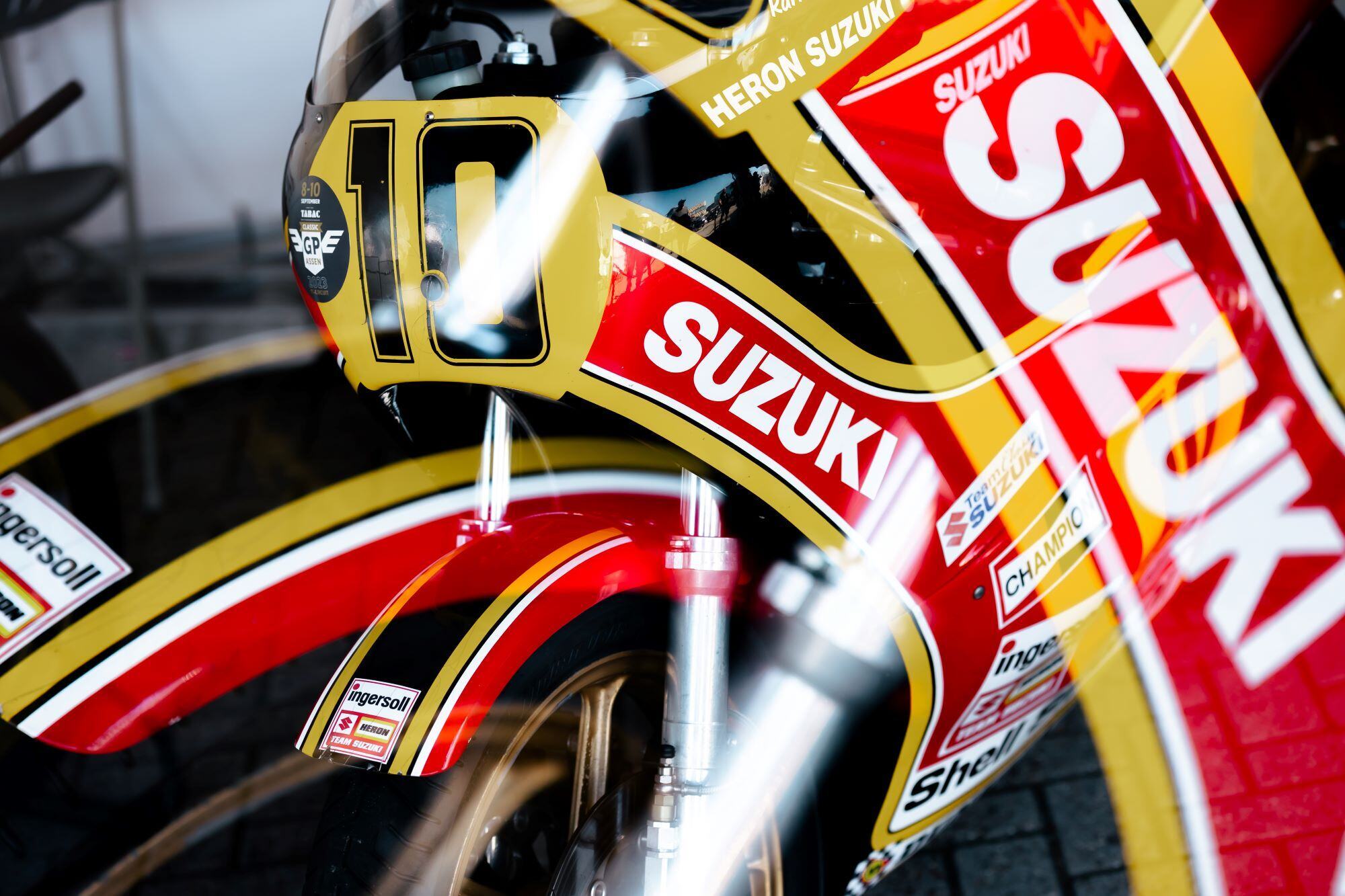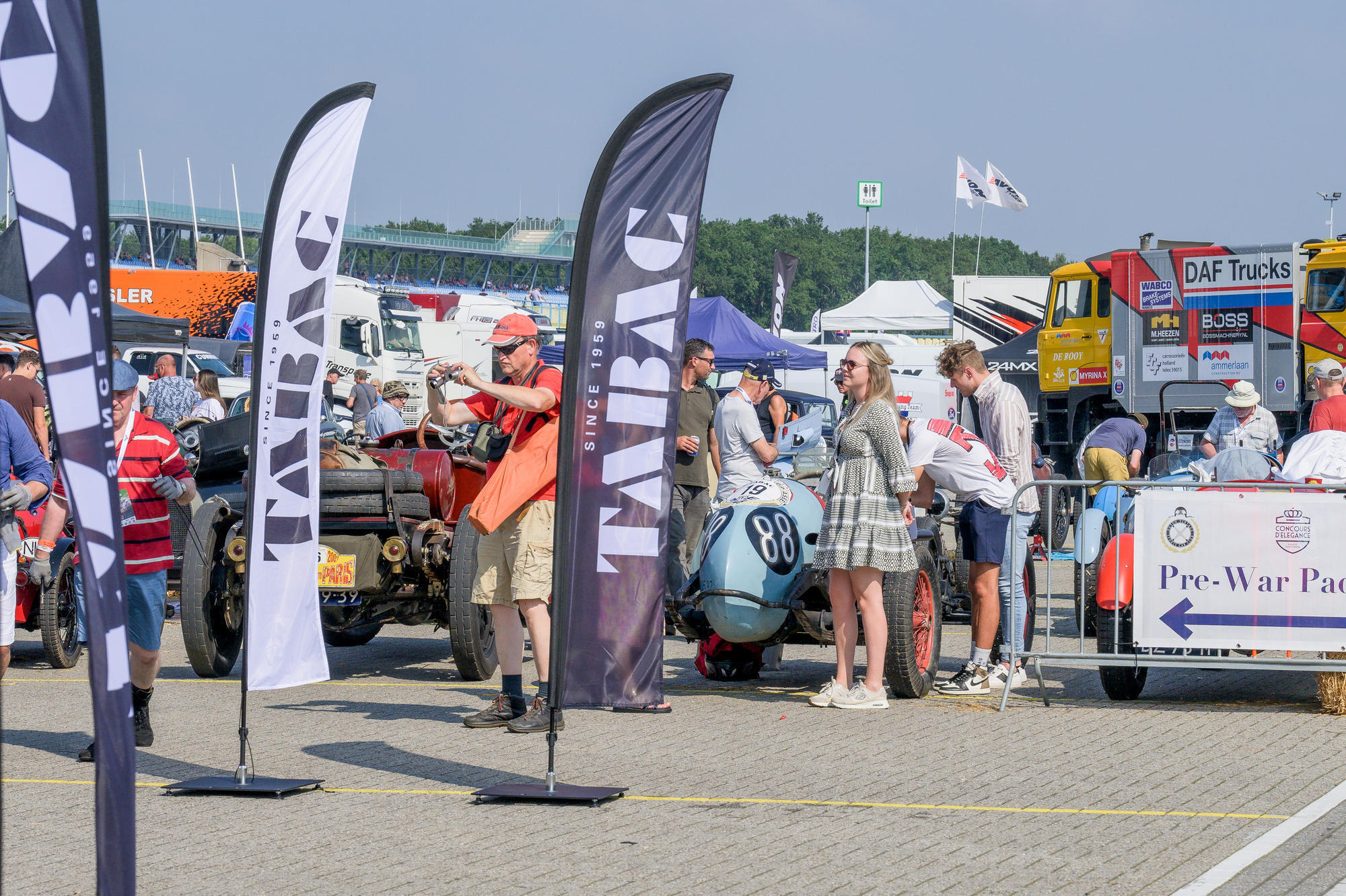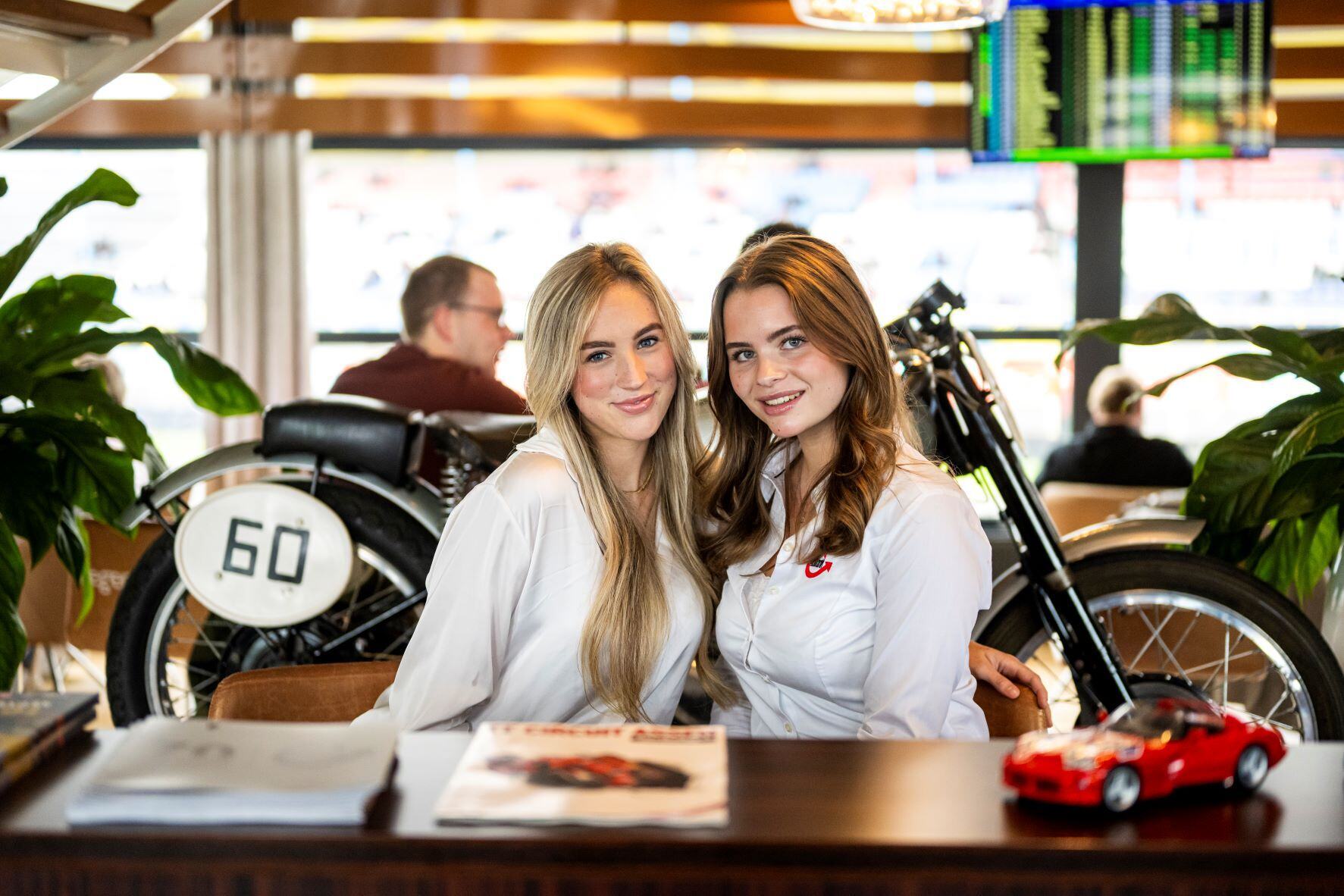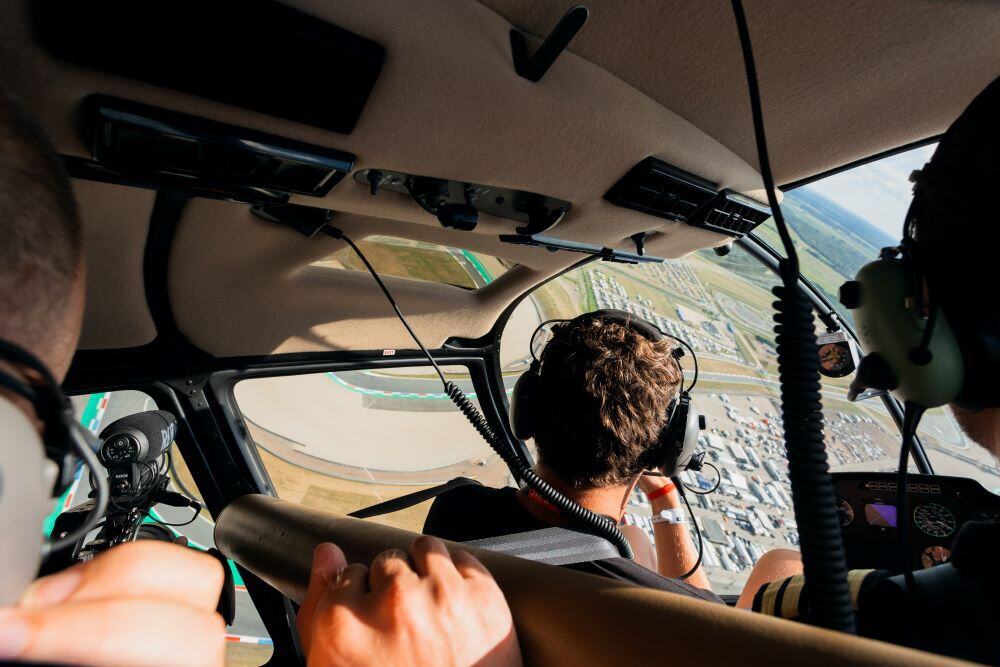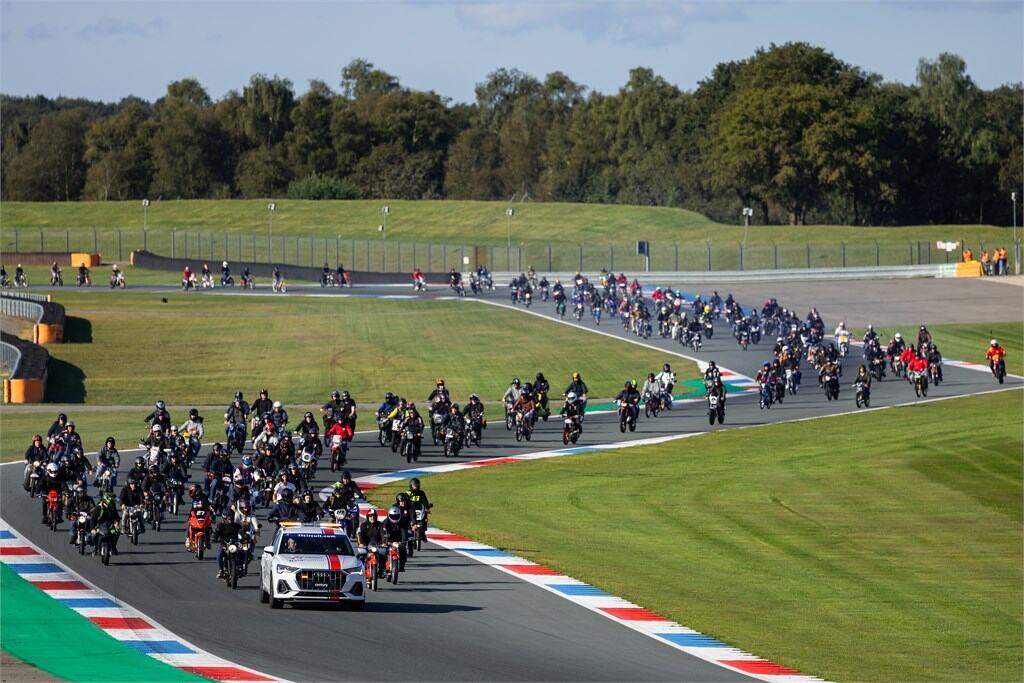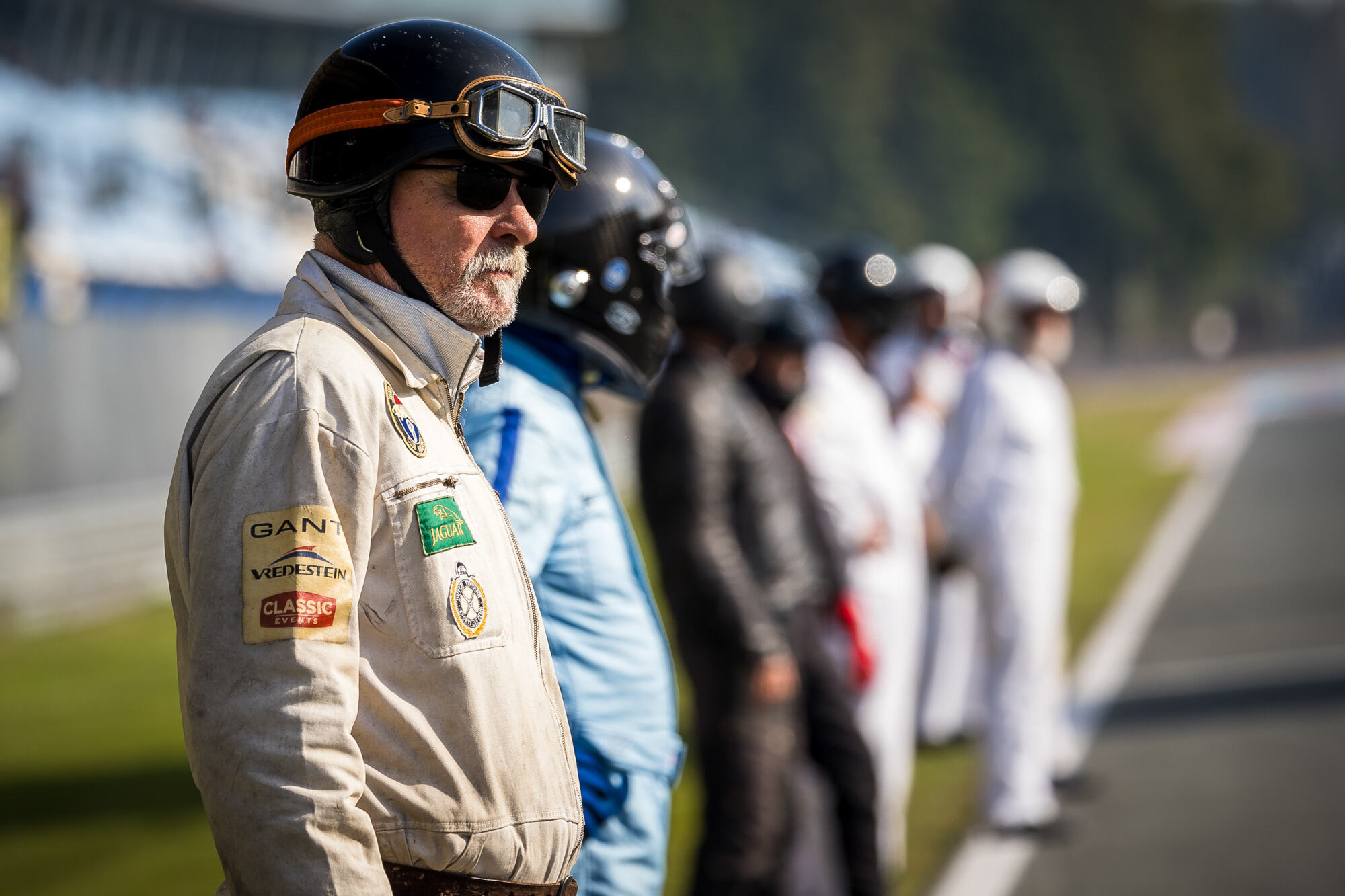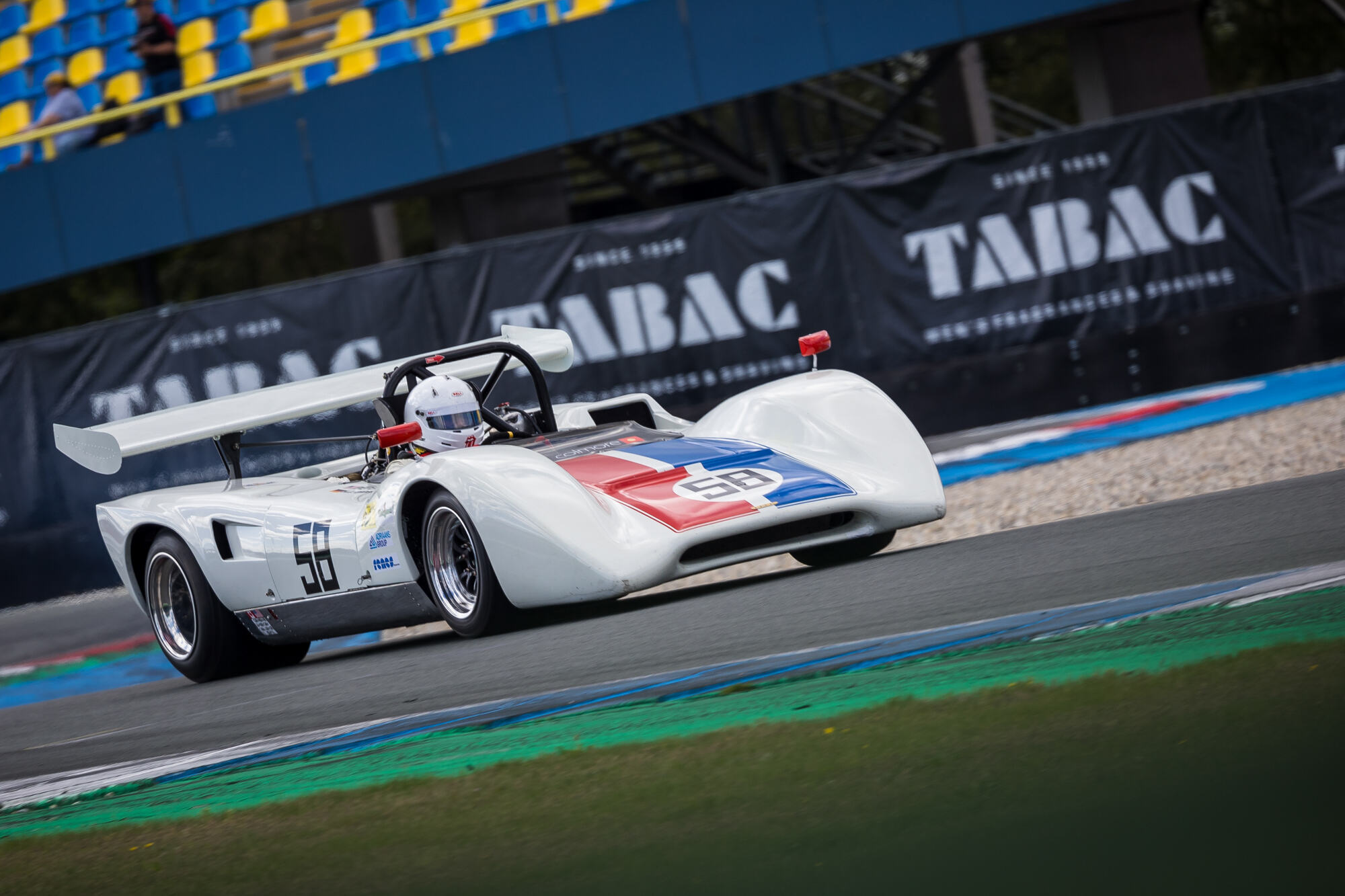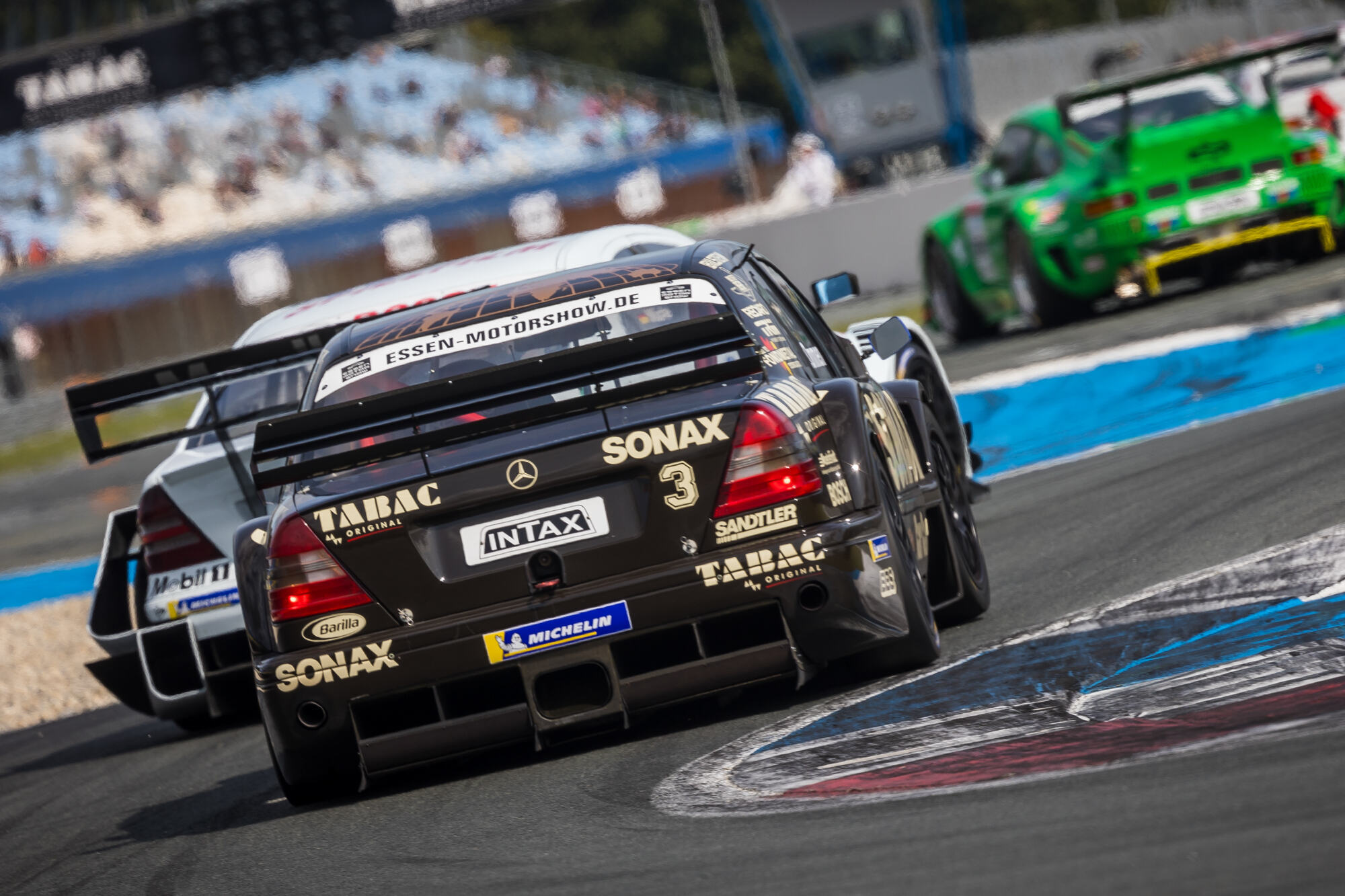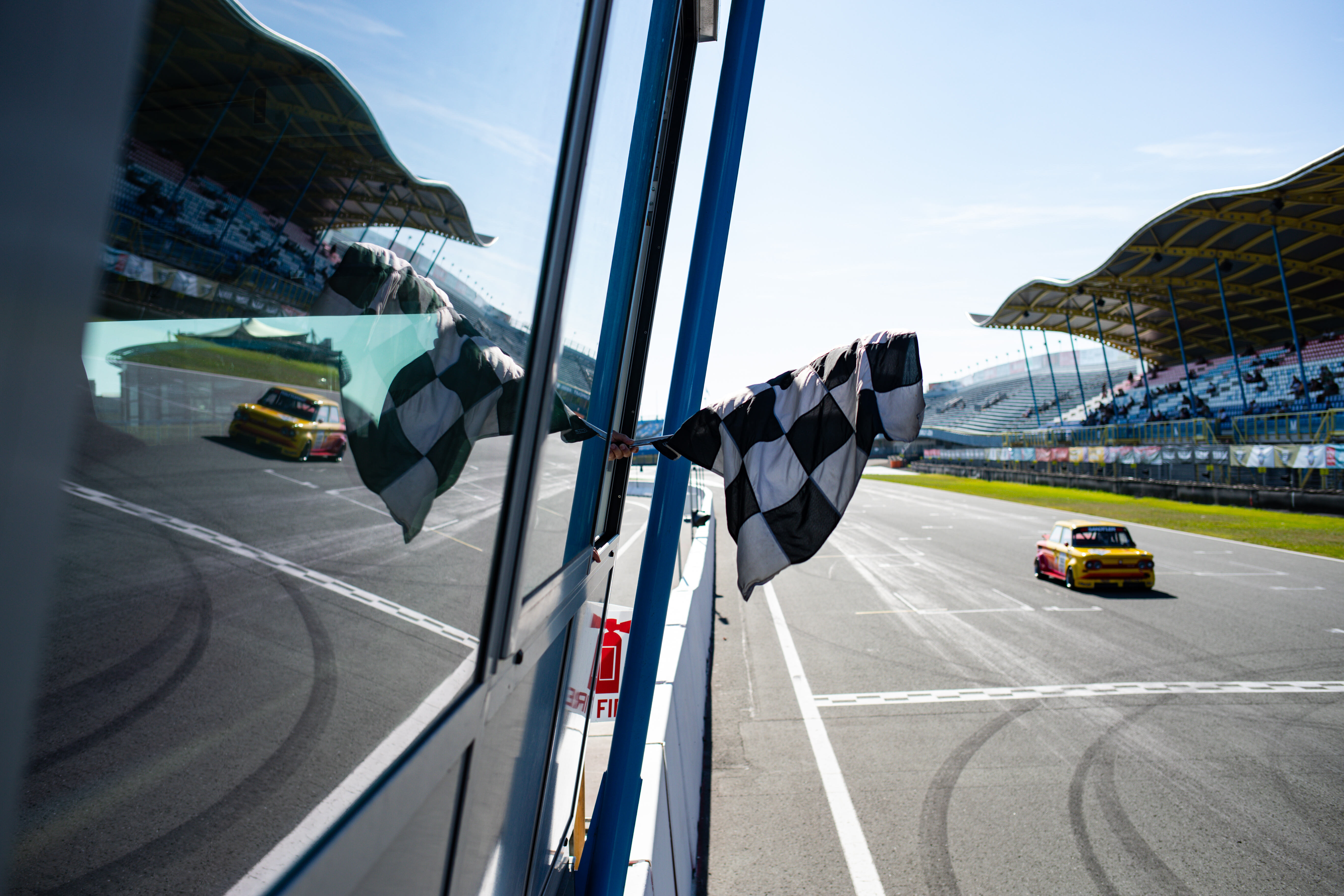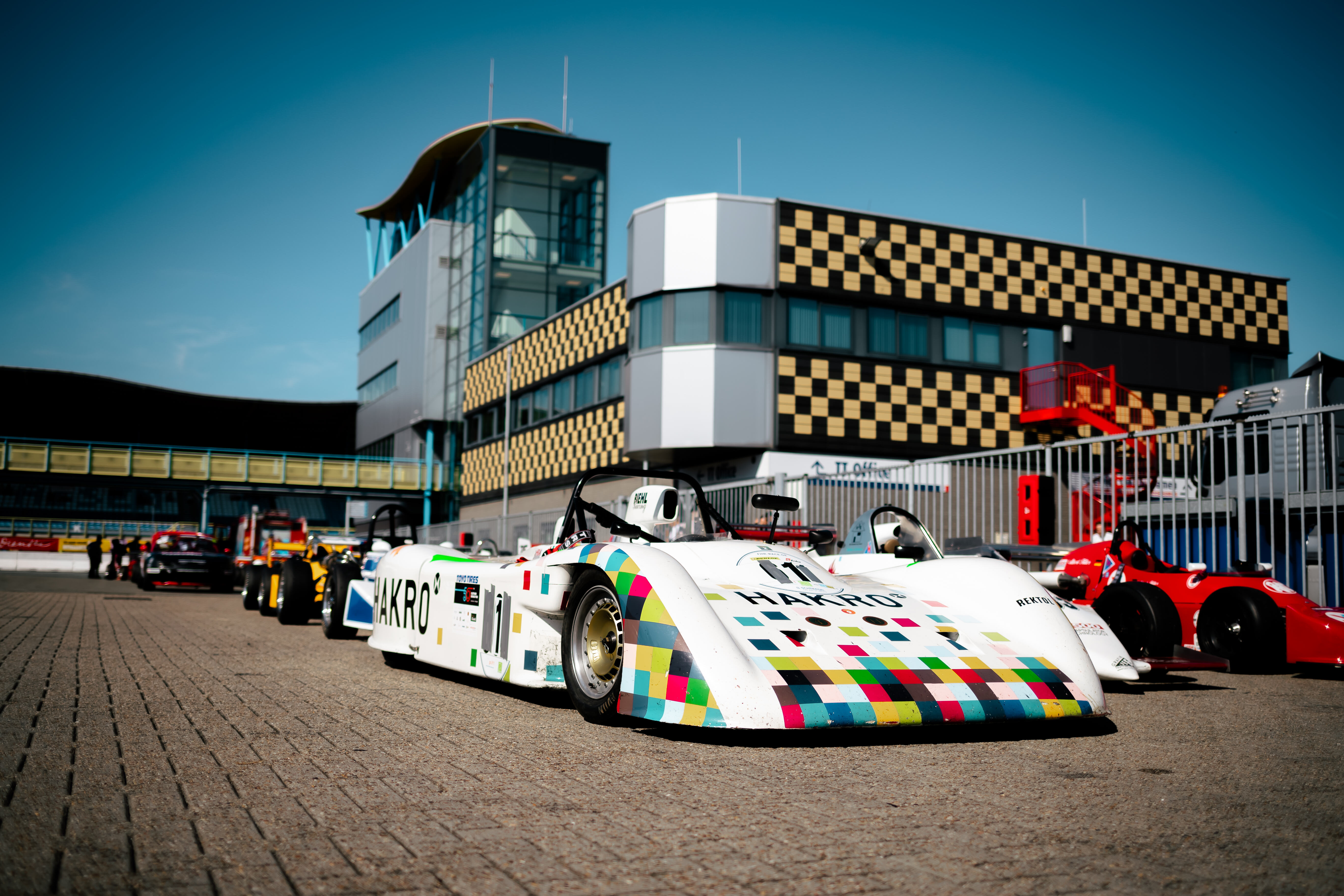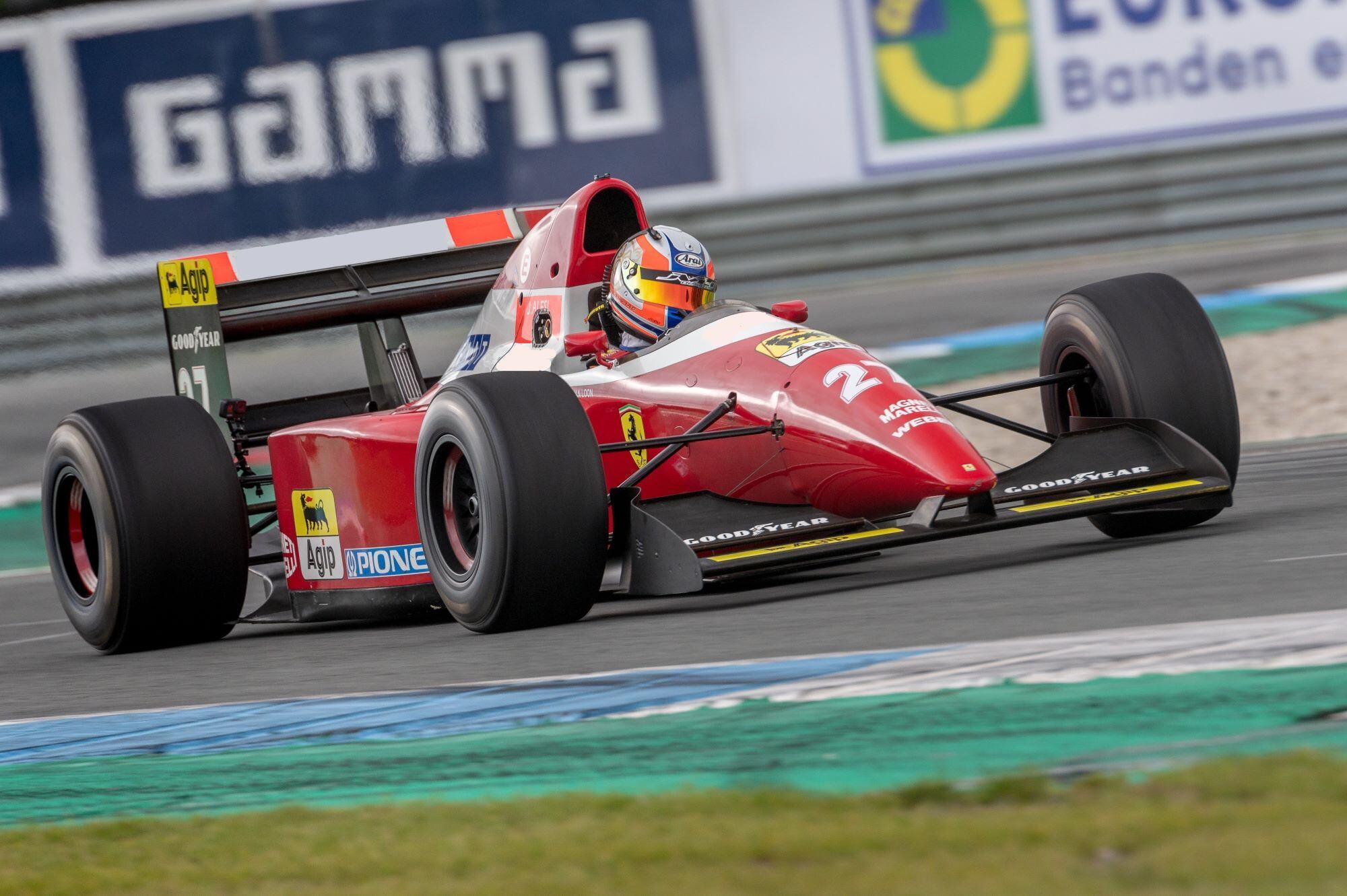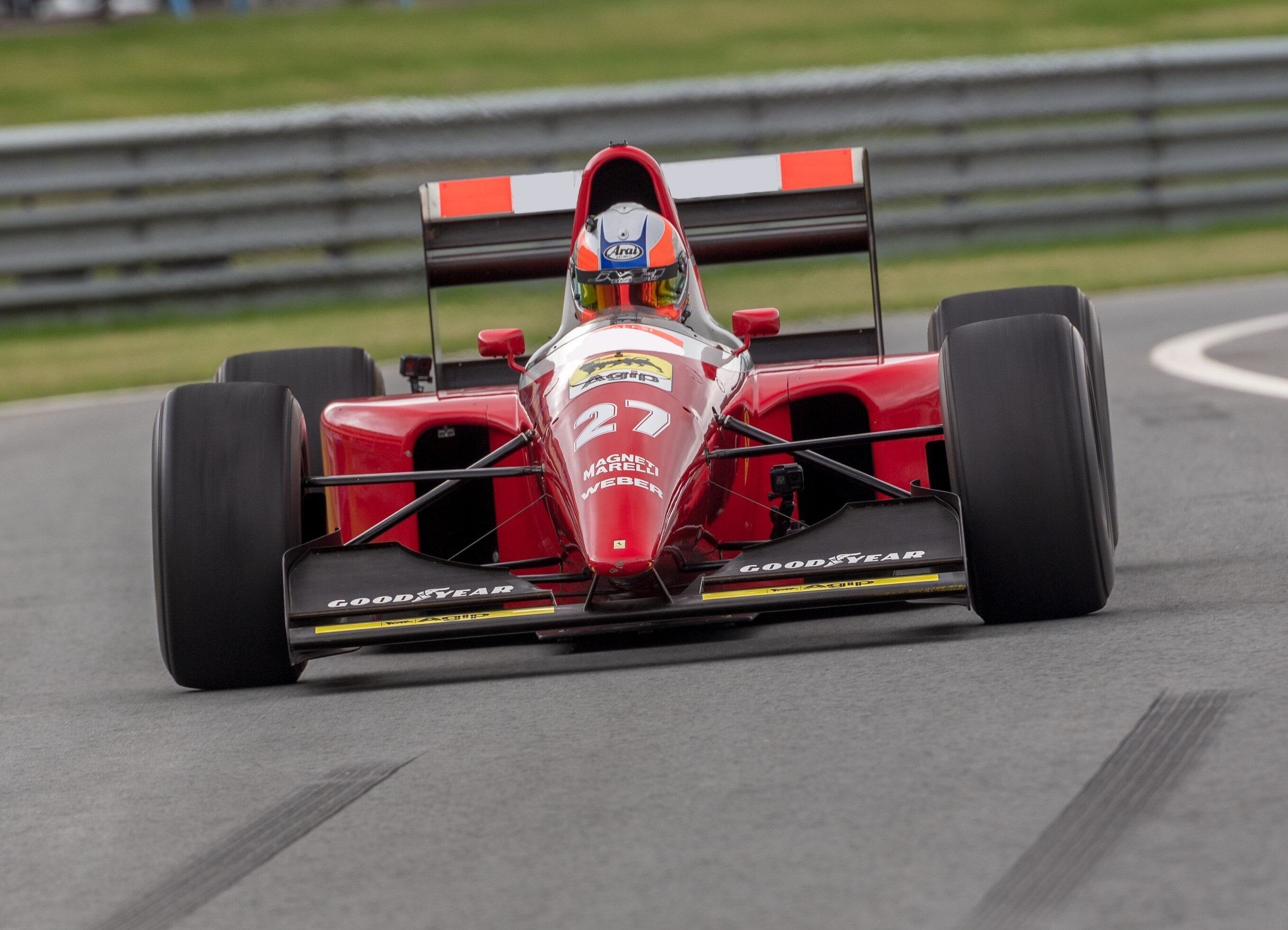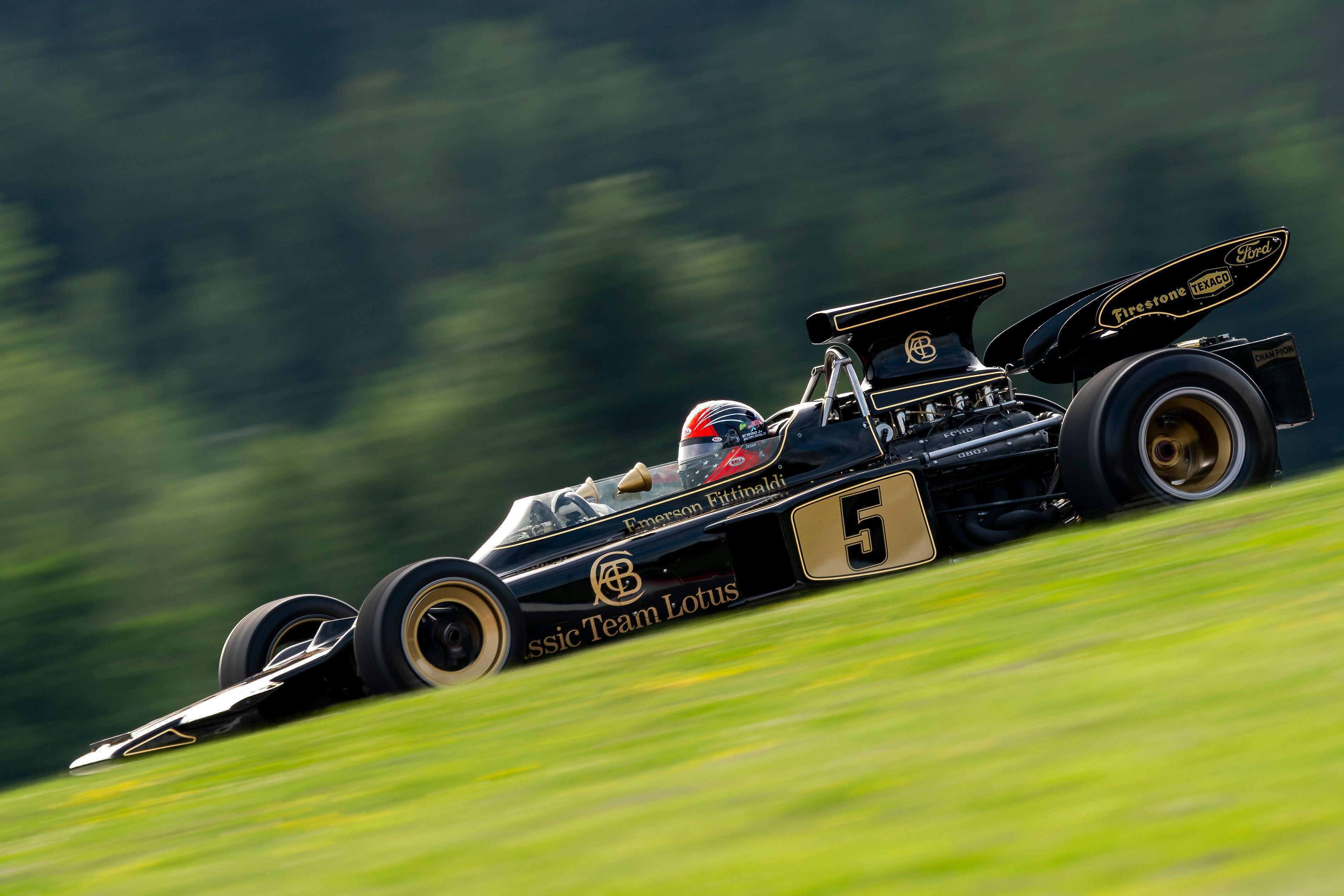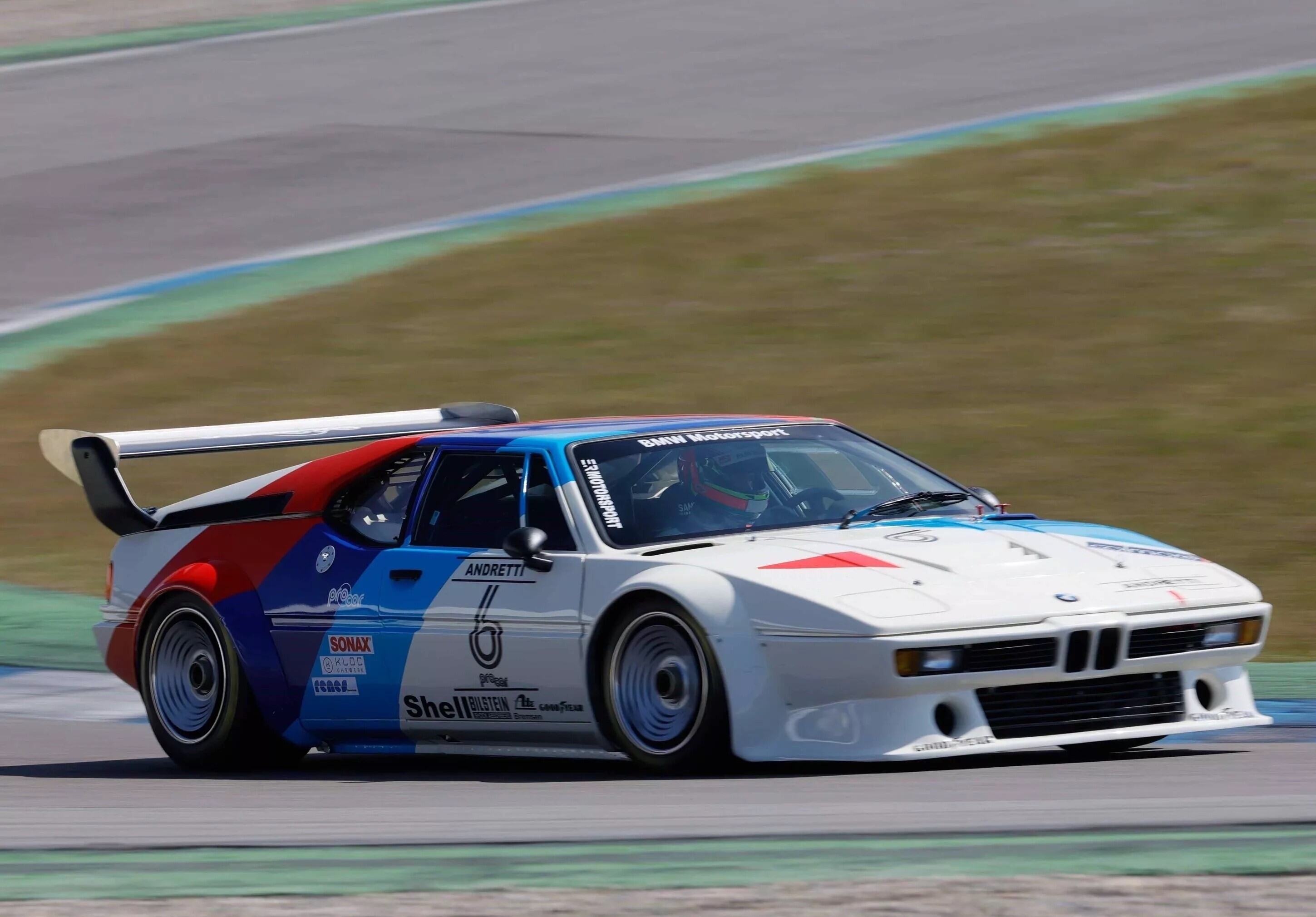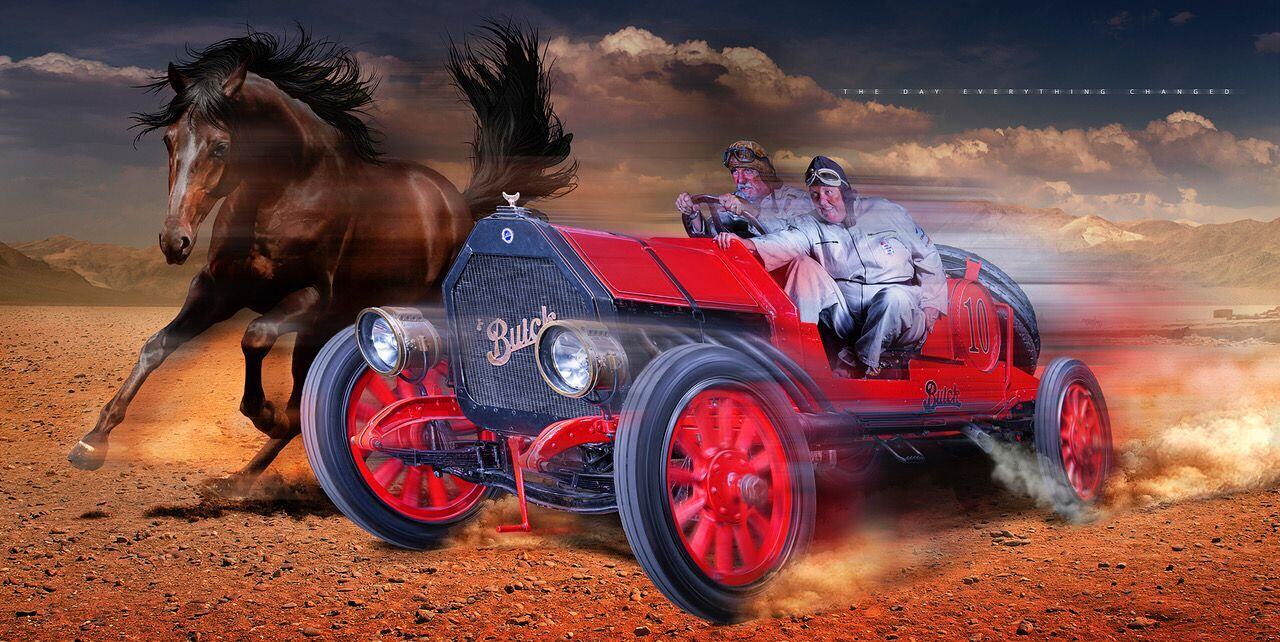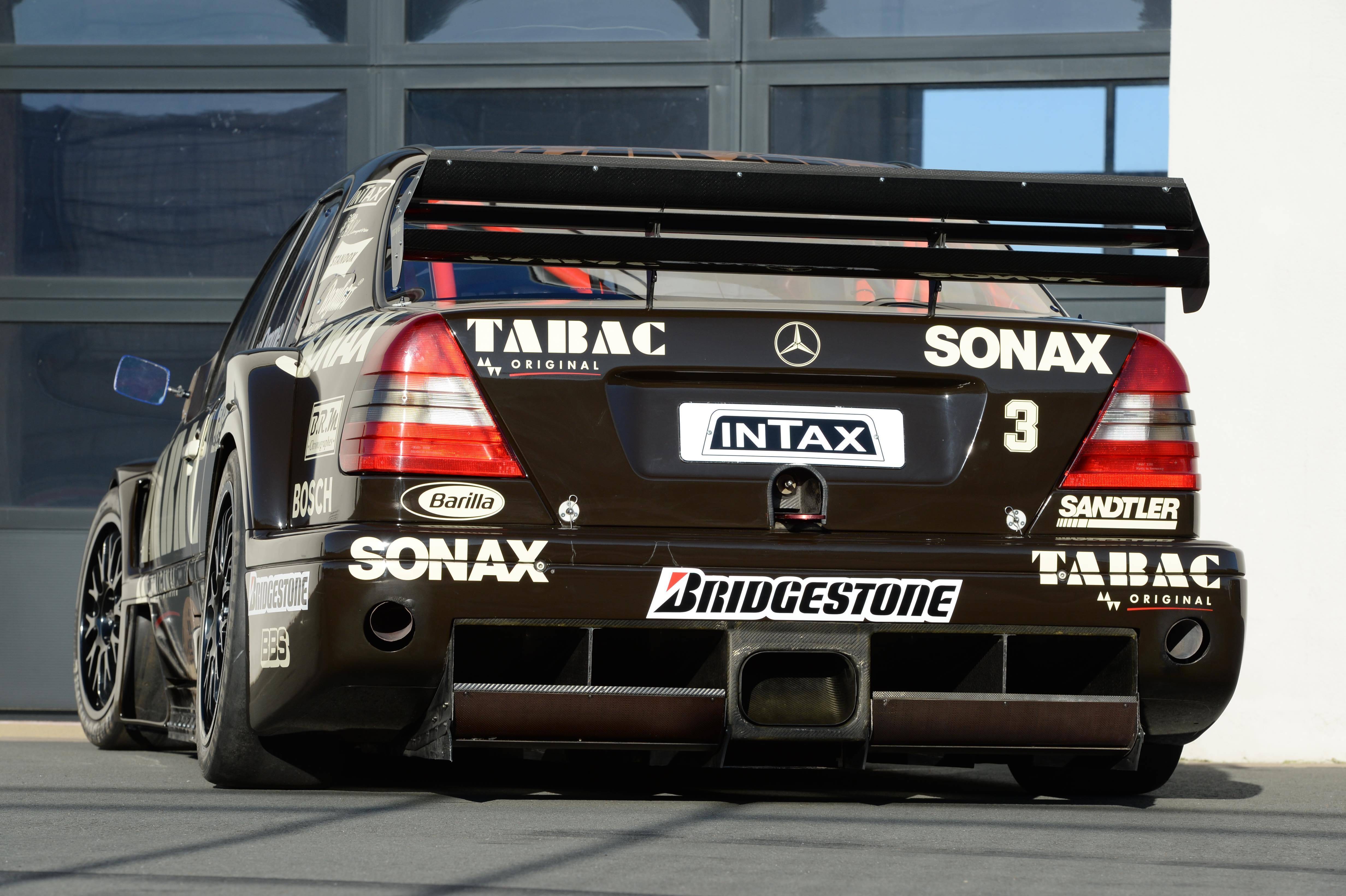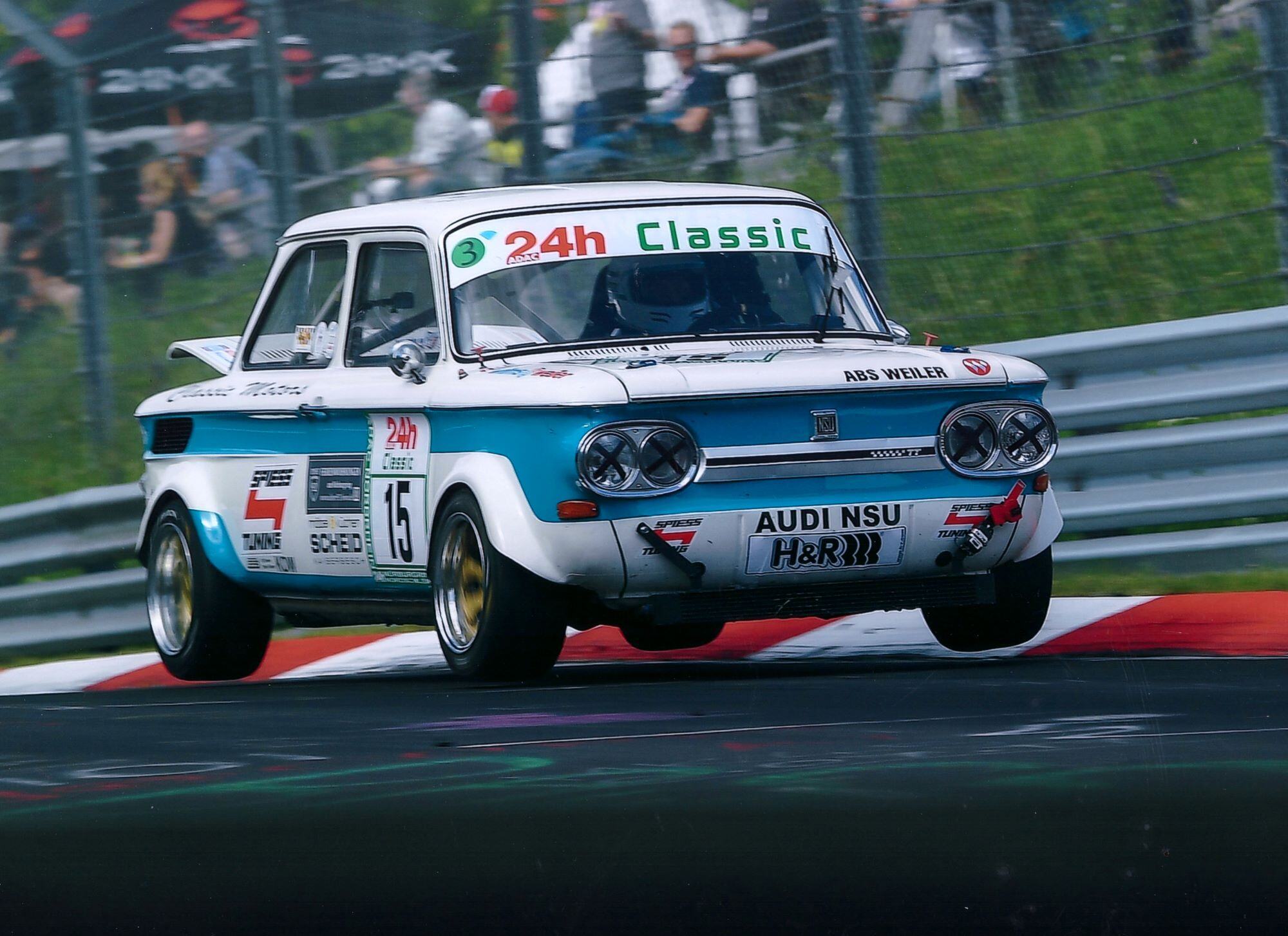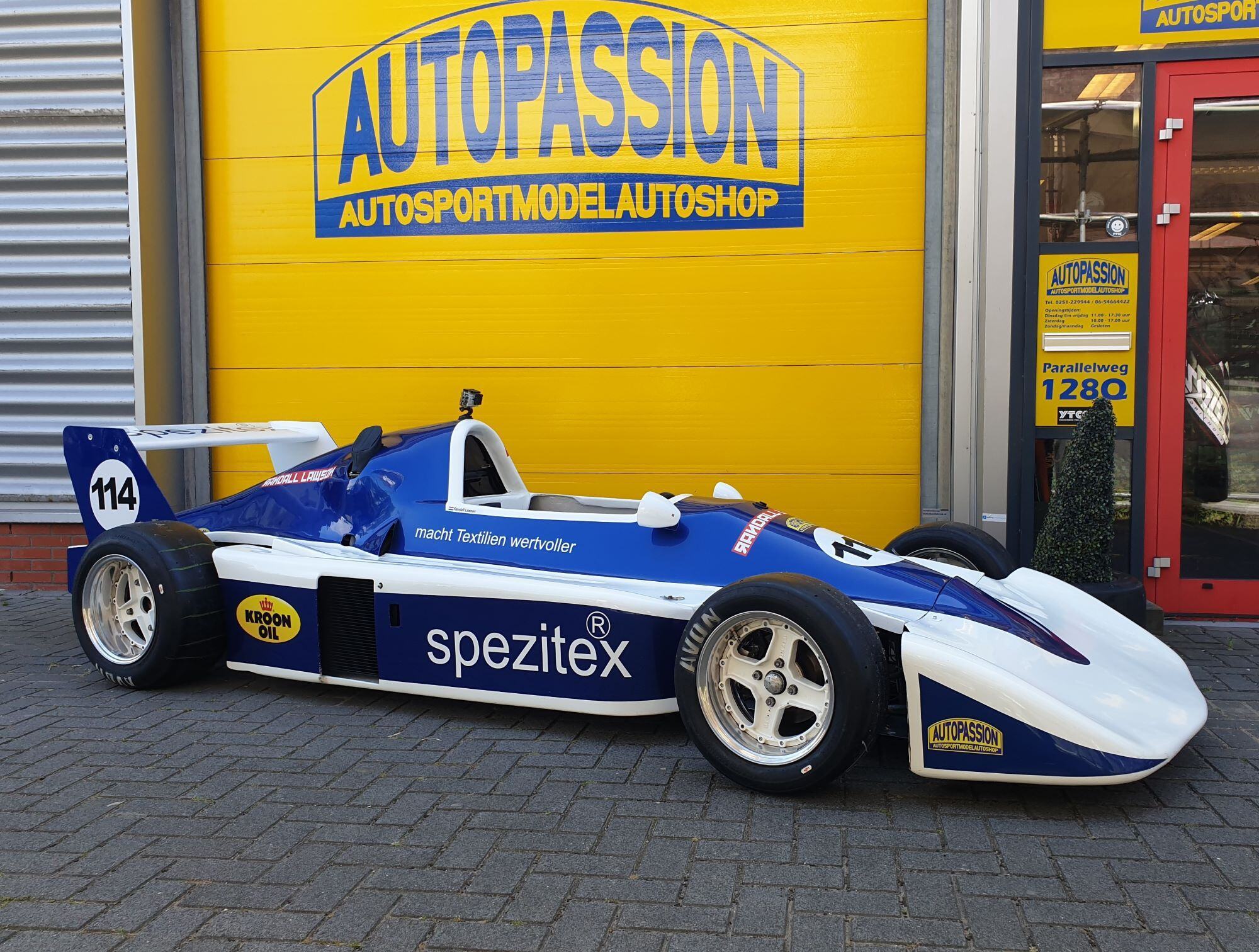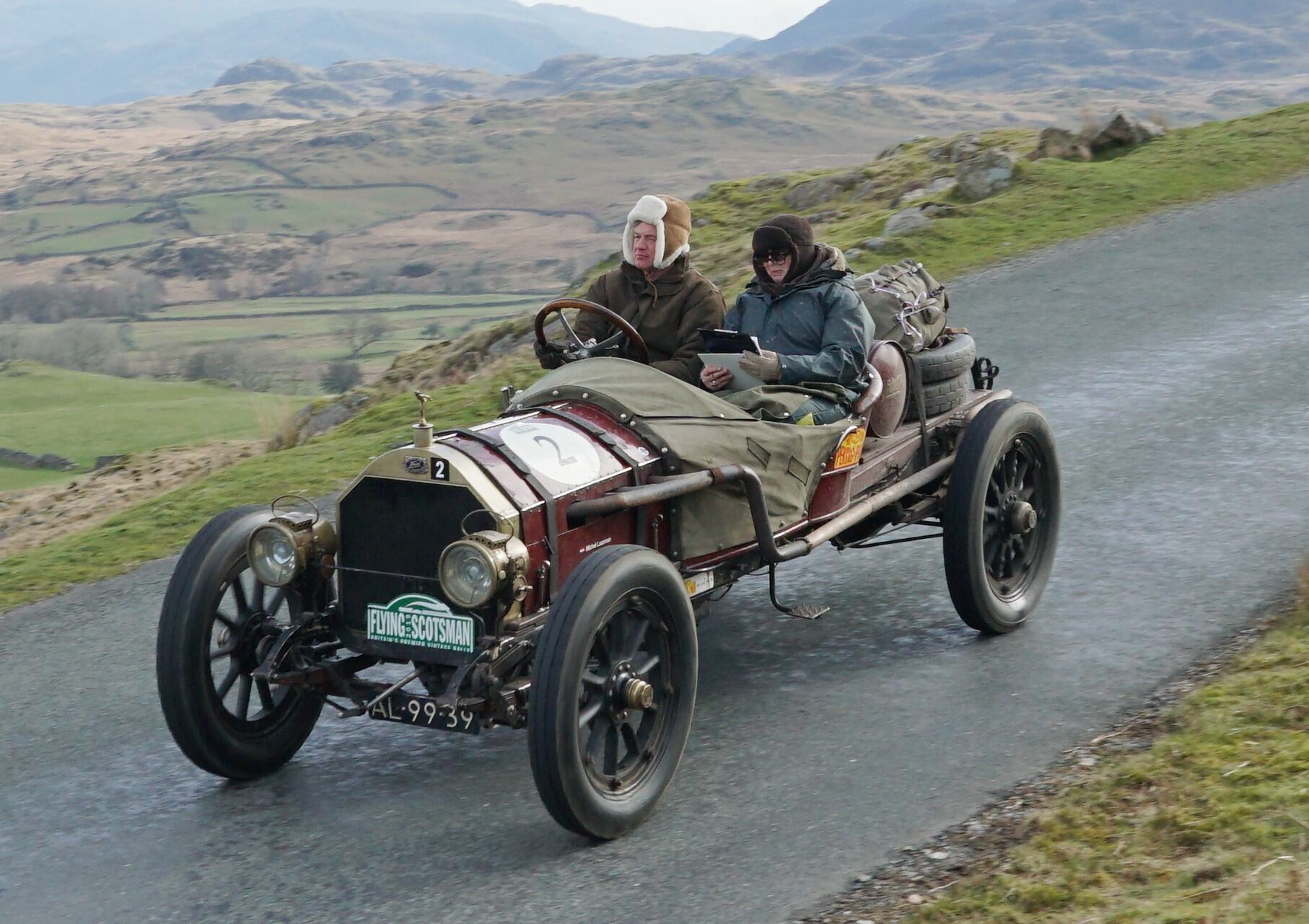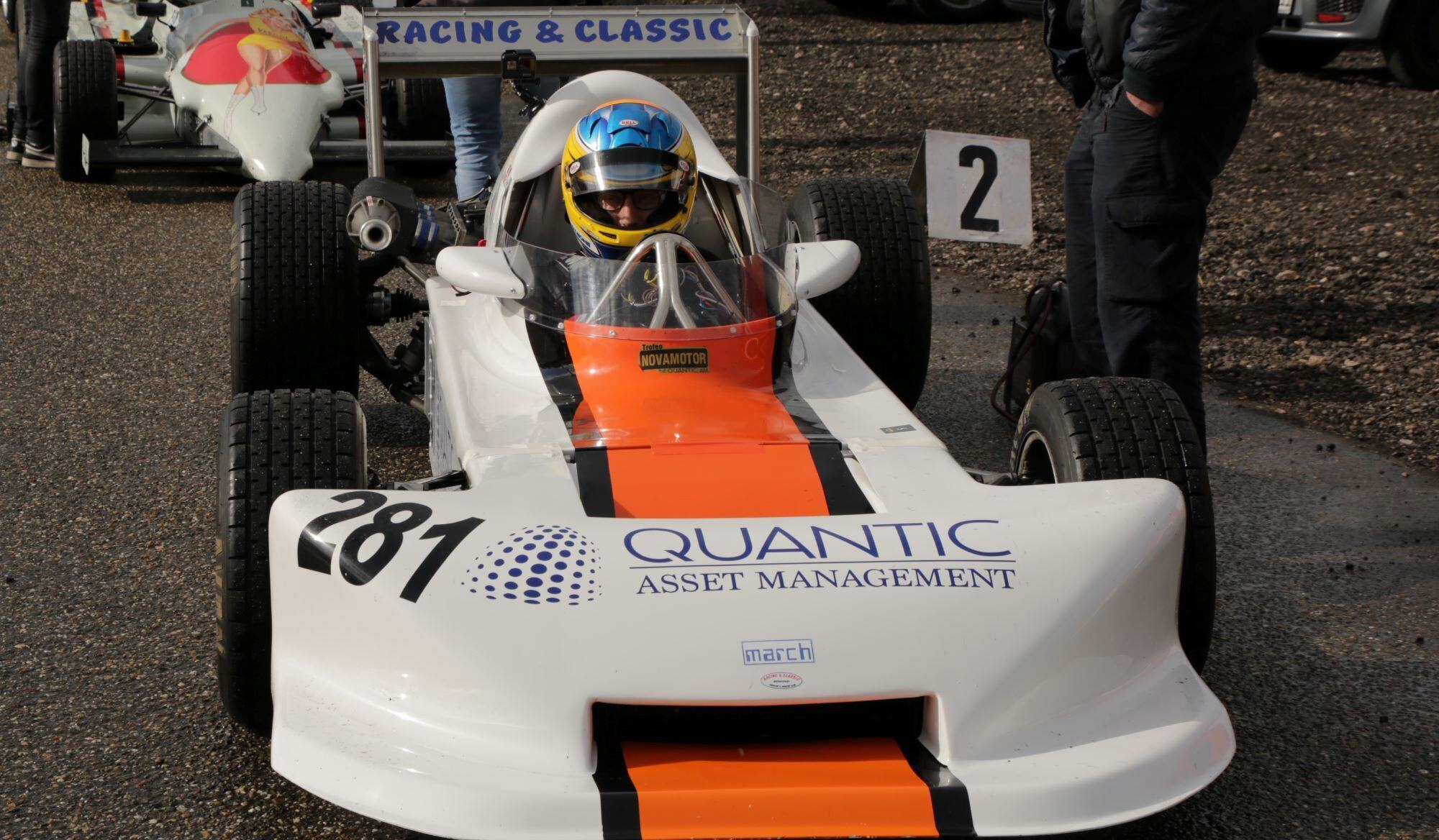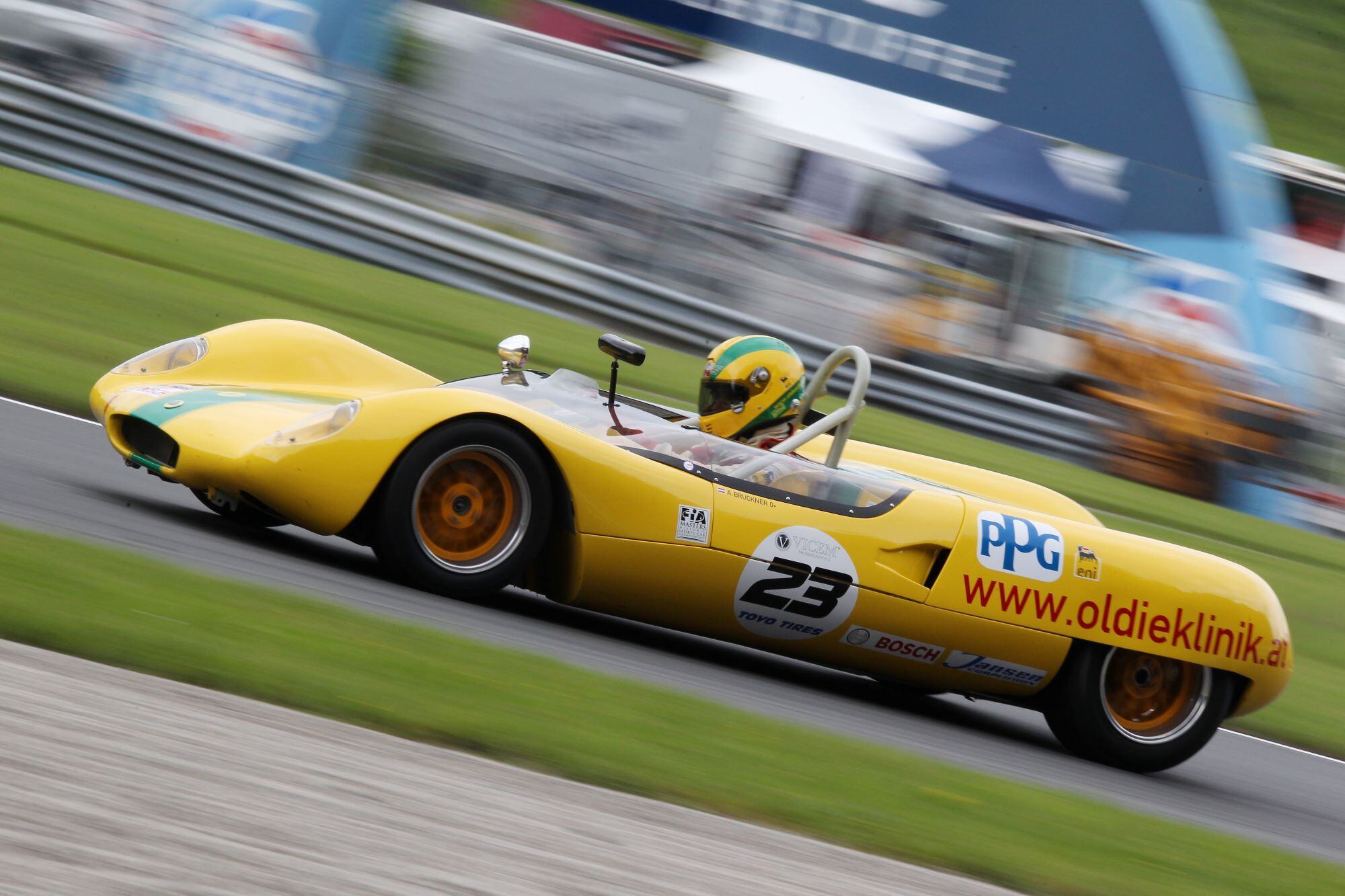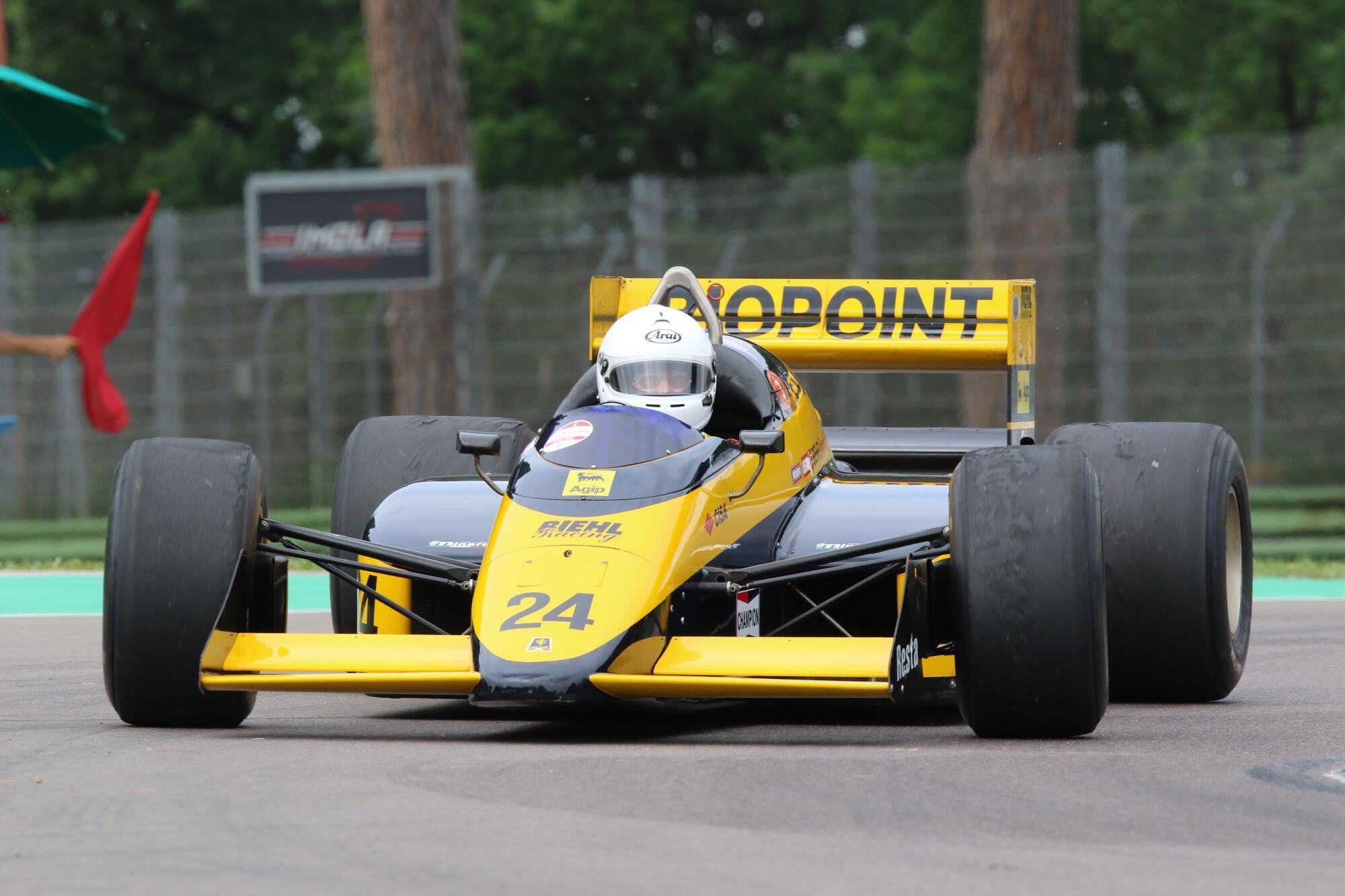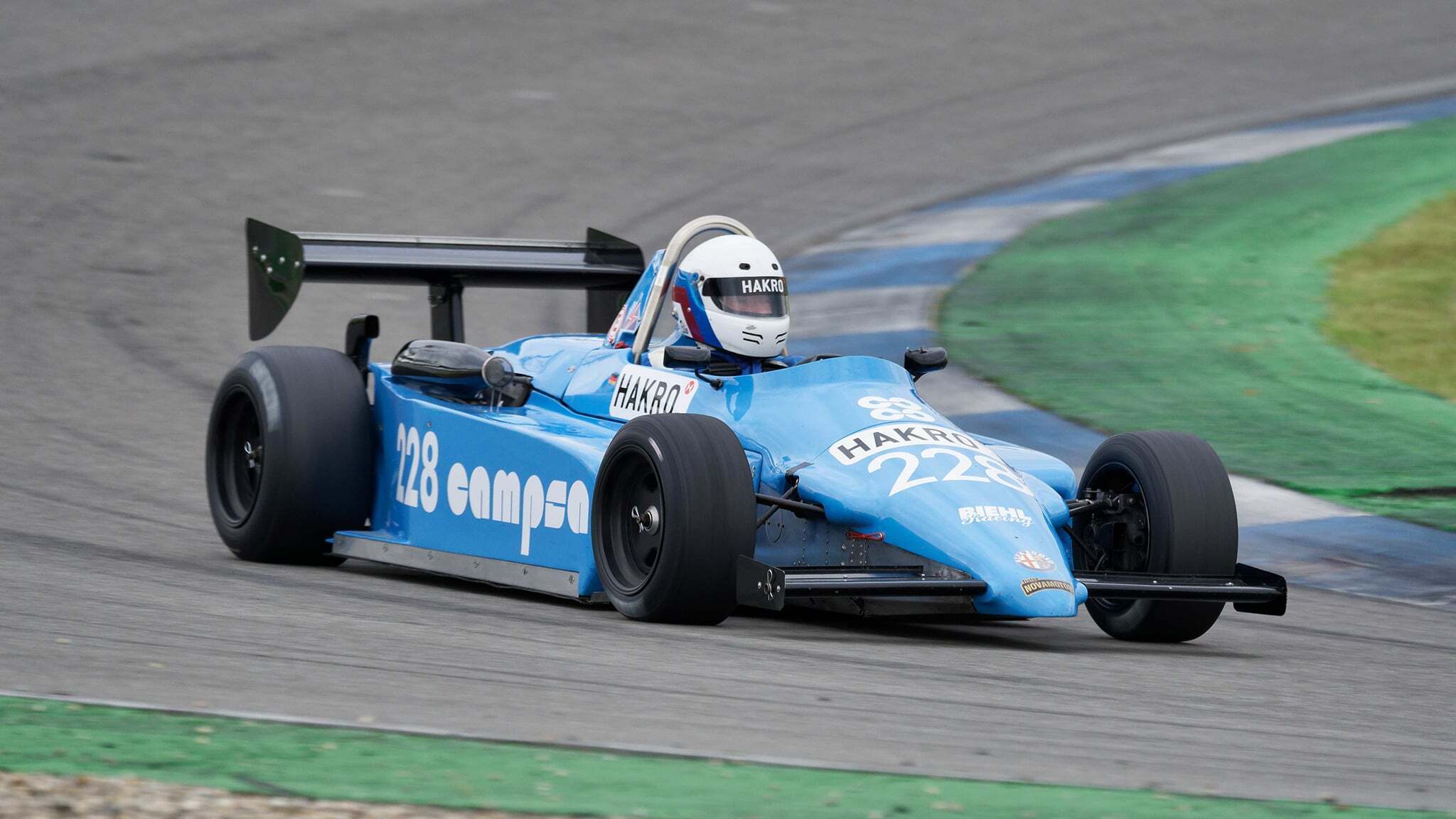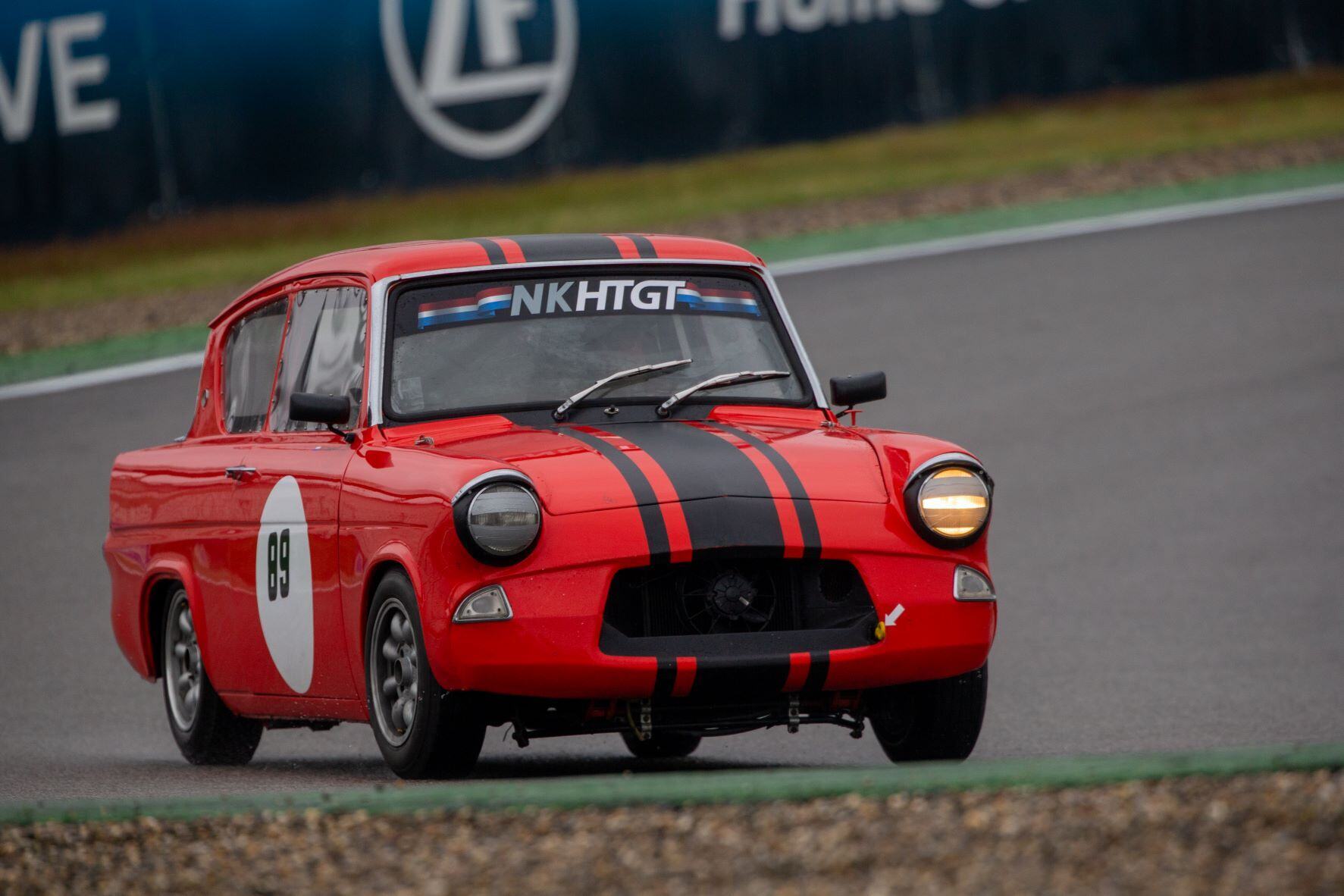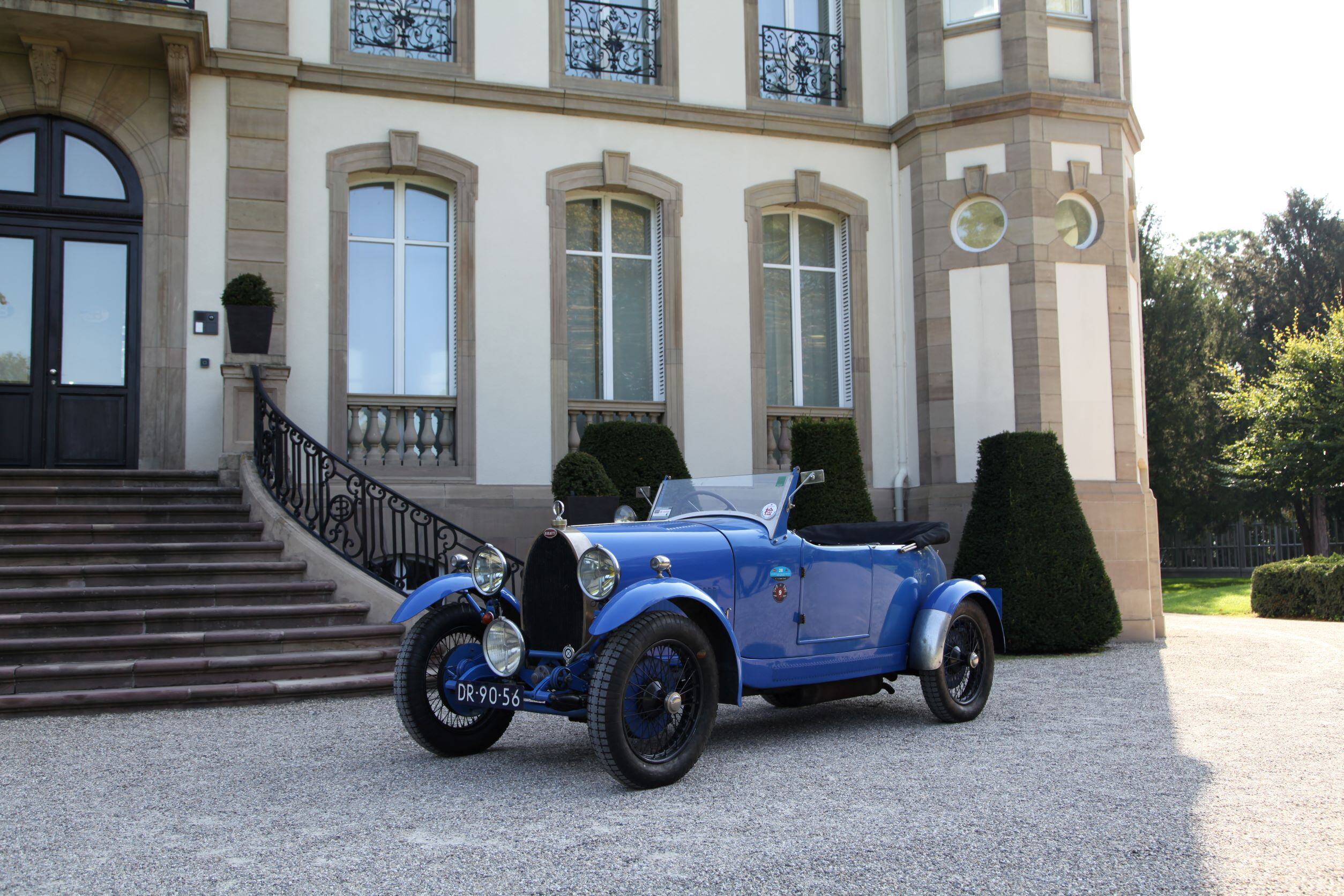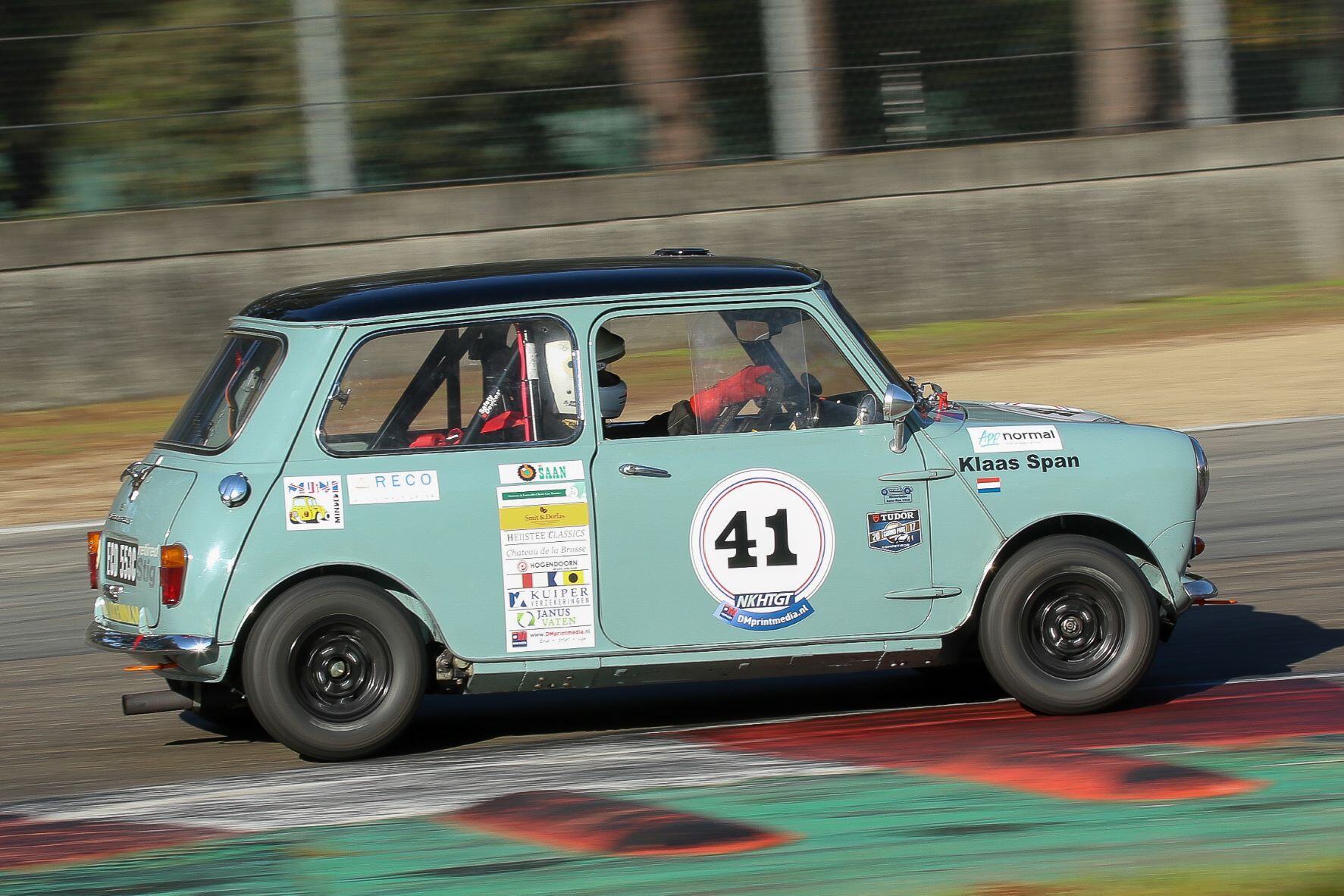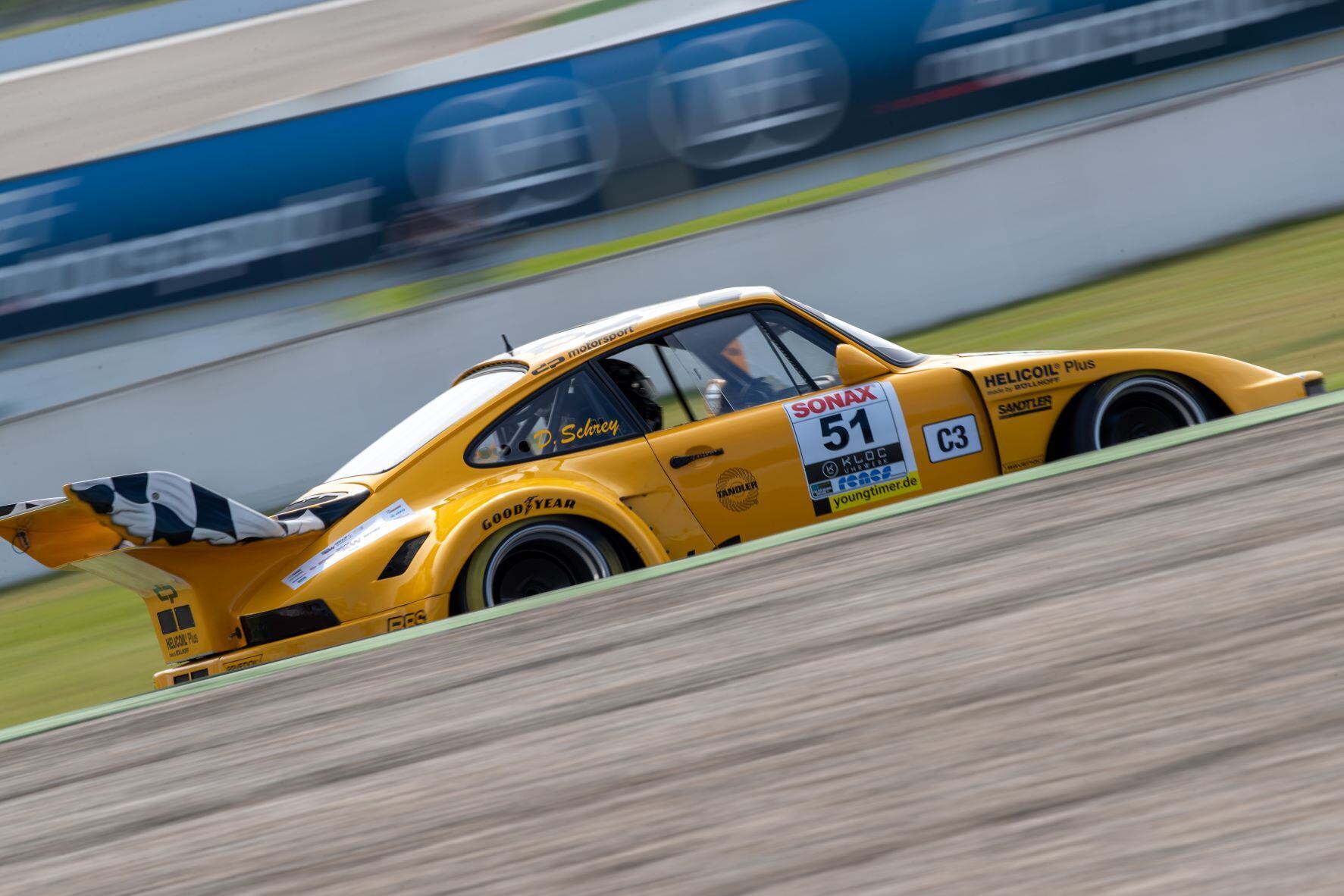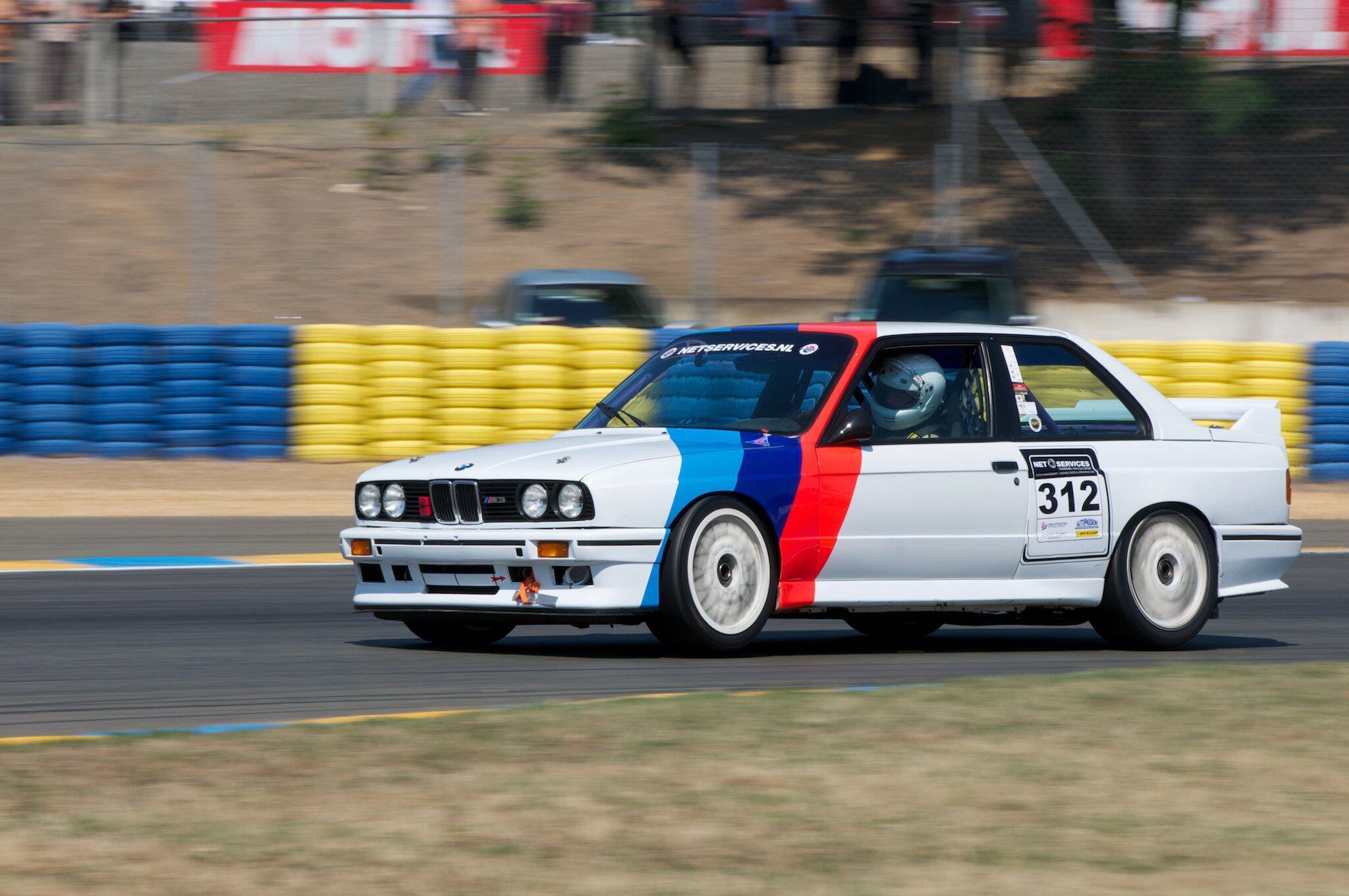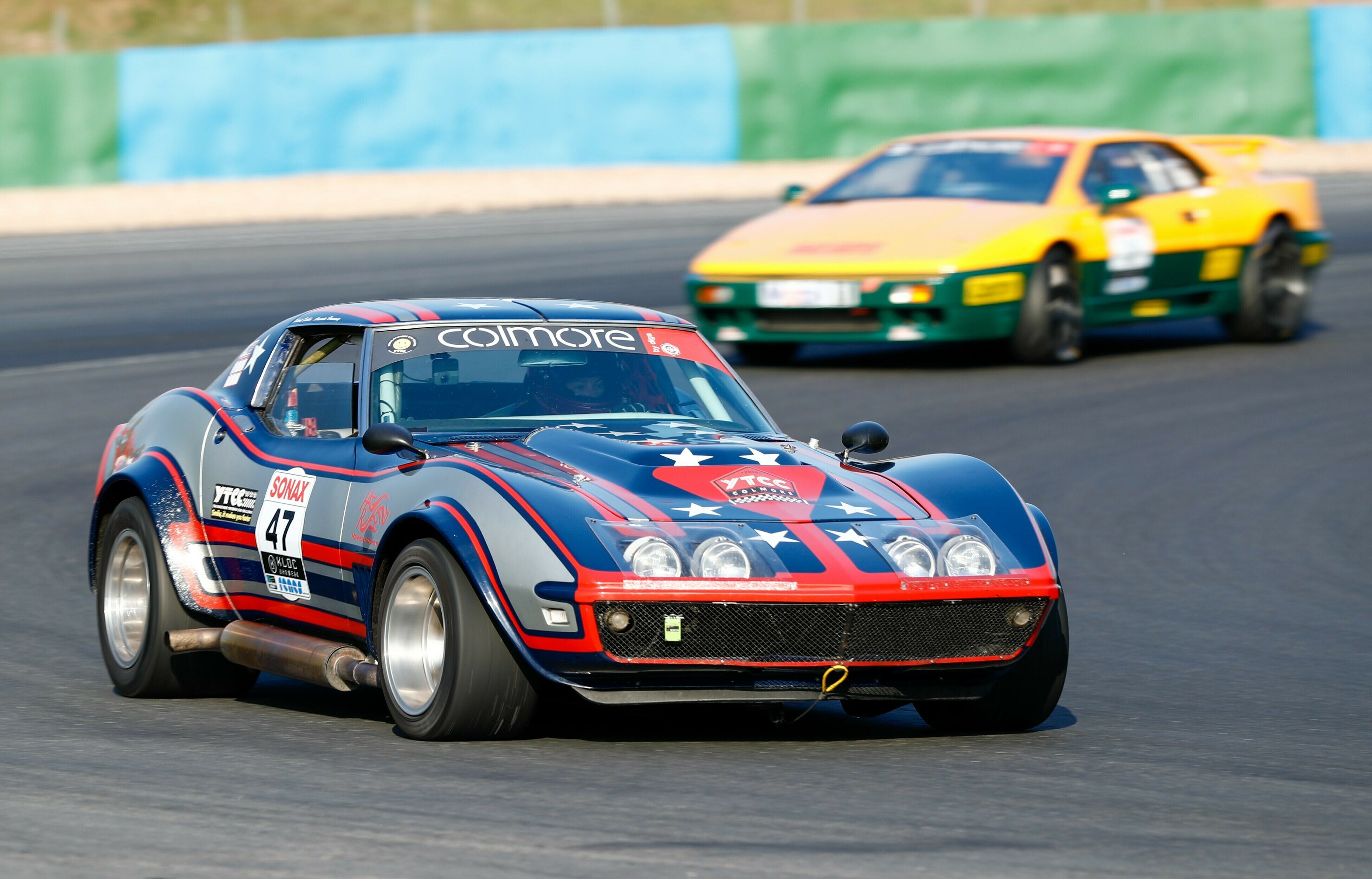1993 Ferrari F93A: one of the last F1-V12s
1993 marked the height of the use of electronics technology in Formula One, resulting in perhaps the most advanced and sophisticated F1 cars ever built. Fly-by-wire controls, power steering, anti-lock brakes, semi-automatic gearboxes, four-wheel steering, pneumatic valves and electronically-controlled active suspension were some of the systems that were introduced that year. A specific year, since some of the systems invented and implemented in 93 were immediately banned for 1994.
In 1993 Scuderia Ferrari was one of only three teams that ran a V12-engine. Instead of the traditional Ferrari red, the F93A bore a red-and-white livery, replicating the colours of Ferrari’s tobacco sponsor. It certainly wasn’t the most sophisticated F1-car on the grid but, like most cars that year, it did ran an active suspension system, which kept the car's ride height consistent throughout a lap, making the aerodynamics of the car more efficient and effective. For round 10 in Germany the 65-degree V12-engine was fitted with pneumatic valve-springs that upped the revs and thus the power, with the F93A now producing 740 horsepower at a weight of just over 500 kilograms.
TOP 3 RESULTS
It was the active suspension system which proved rather unreliable with drivers Gerhard Berger from Austria and Jean Alesi from France taking just three chequered flags out of a possible ten finishes. In Monaco, Ferrari and Alesi kept it together to take a first podium behind winner Ayrton Senna and 2nd place man Damon Hill. Berger had been in contention as well, but the Austrian had to retire after a failed attempt to pass Hill. Ten more retirements followed as Ferrari seemed unable to get both F93As to complete the same race. In Hungary it was Berger’s turn to climb onto the rostrum in 3rd spot with Alesi retiring. At Ferrari’s home race Alesi came in a creditable 2nd behind winner Damon Hill, but Berger failed to finish. As unreliable as it had been the F93A had proven to be capable of achieving top 3 results. The final race of the season offered a small redemption for the scuderia, with Alesi and Berger finishing 4th and 5th respectively. With the F93A Ferrari eventually finished 4th in the Constructors’ Championship.
This F93A was raced by Jean Alesi in 1993 as one of the last V12s in Formula One as two years later Ferrari became the last contructor to switch to a V10-engine. The car is largely original and is owned by Dutch rally driver Erik van Loon, who finished 4th. in the 2015 Dakar rally. During the TABAC Classic GP Assen van Loon will treat the fans to the unique sound of one of the last V12s in Formula One.
During his five year-spell with Ferrari Jean Alesi took sixteen podium finishes. In his final season for the scuderia he won the 1995 Canadian Grand Prix, which would become his sole victory in Formula One, as well as the last F1 victory for the V12-engine. After his retirement from F1 Alesi was a successful touring car and sports car racer.
The Ferrari brand has been racing Formula One since 1950, making it the longest active constructor in F1. Ferrari took sixteen constructor world championship titles and fifteen driver titles including the remarkable 1964 world title won with former motorcycle world champion John Surtees.



